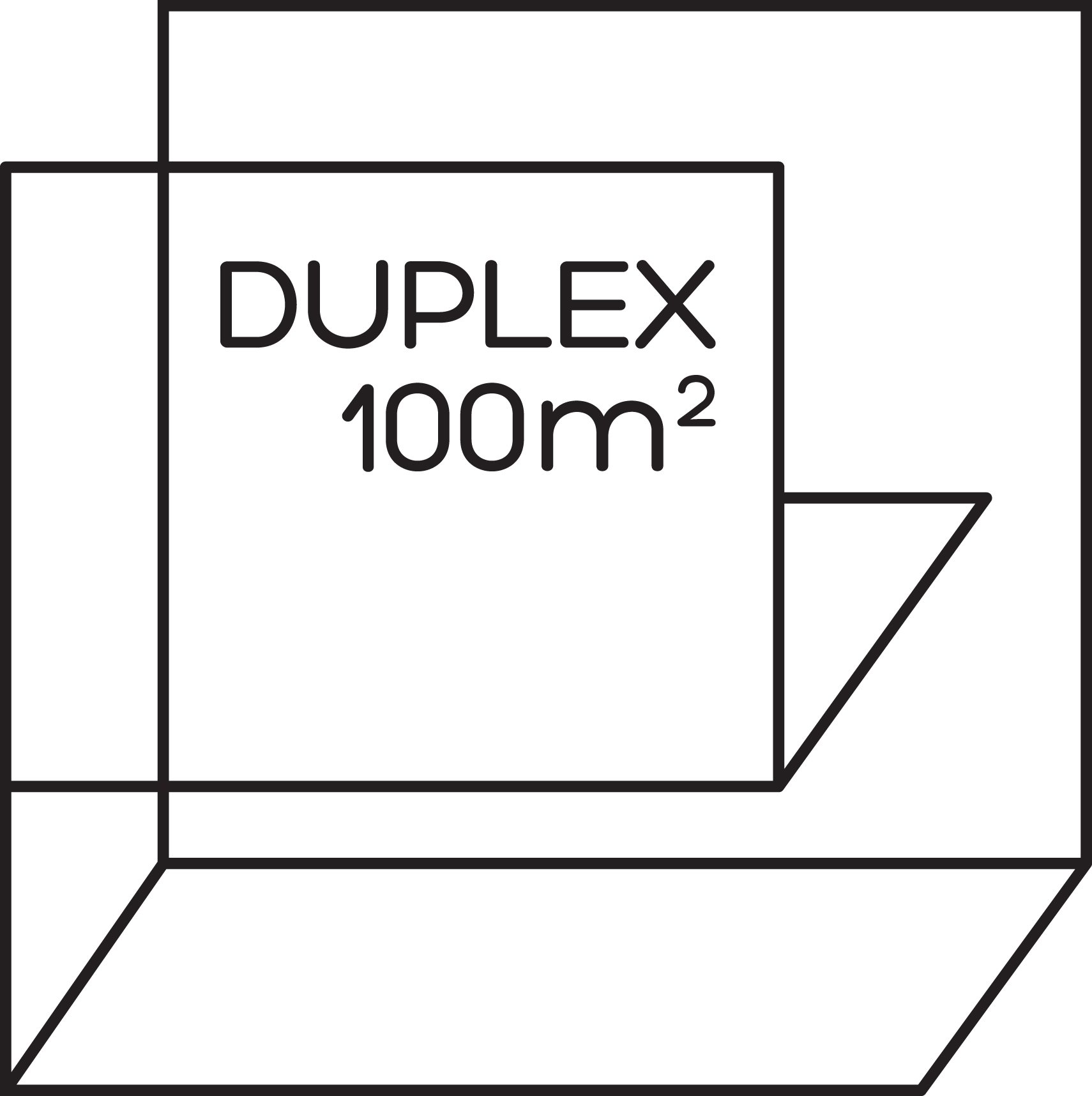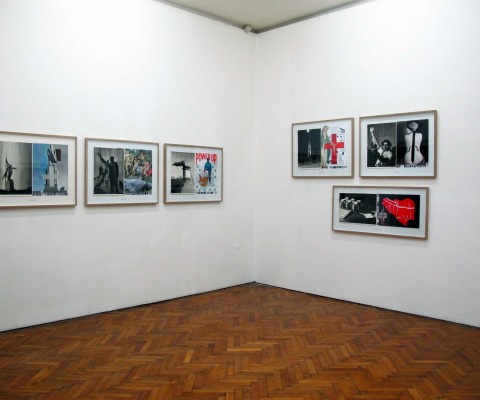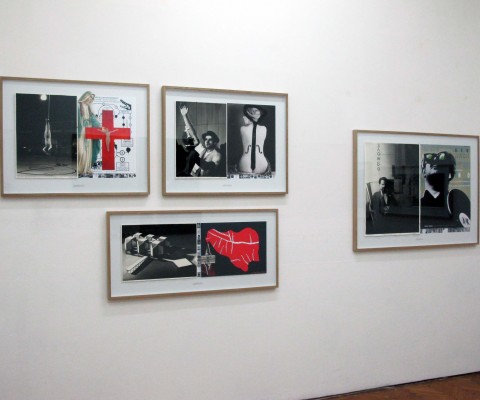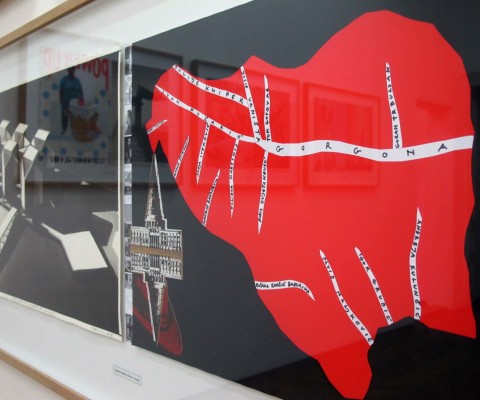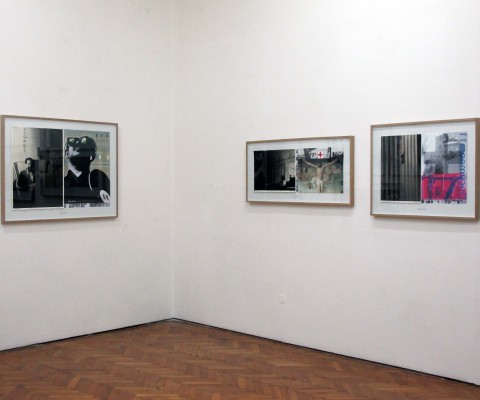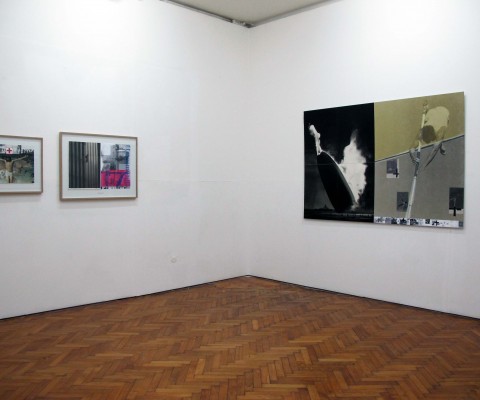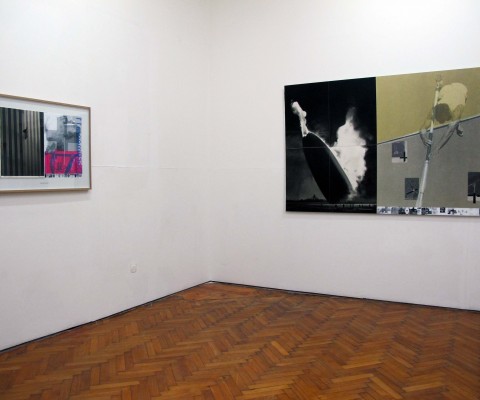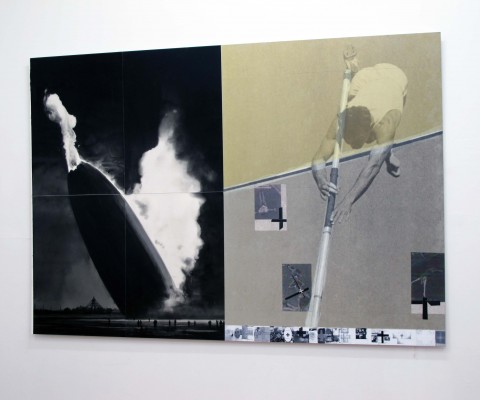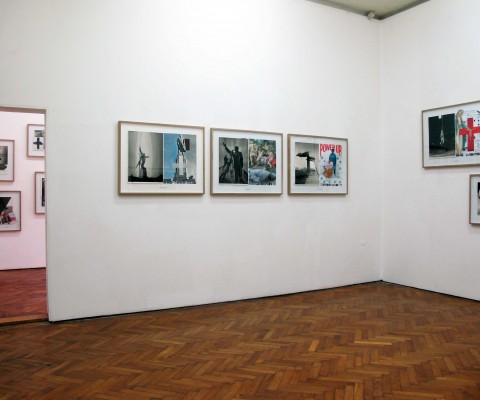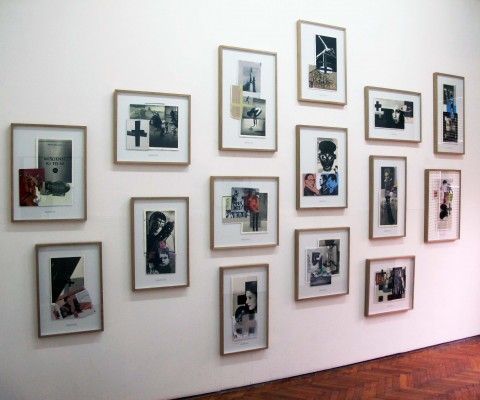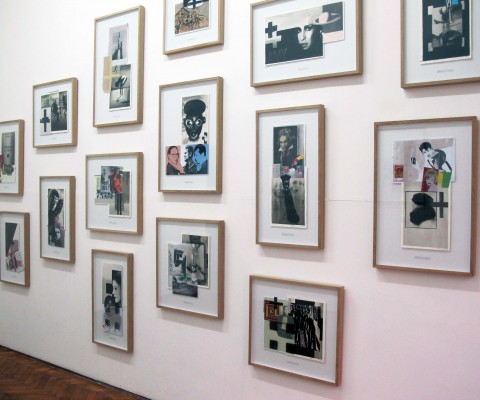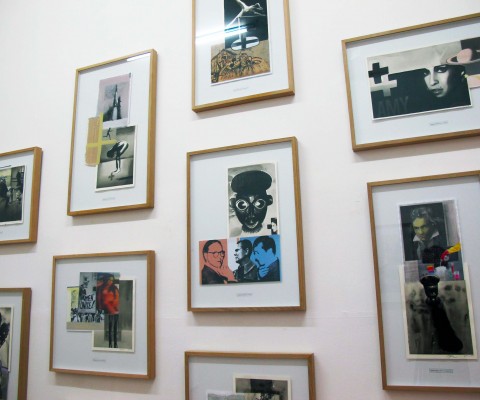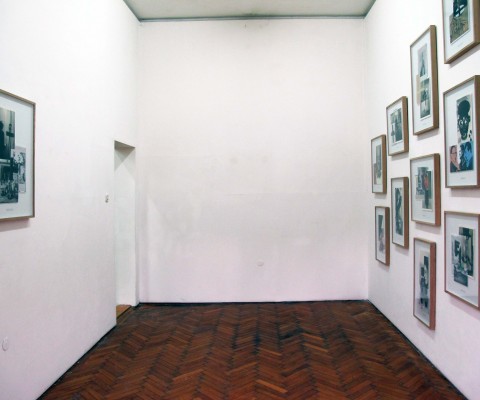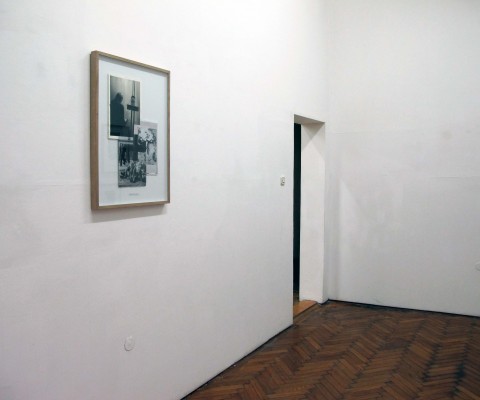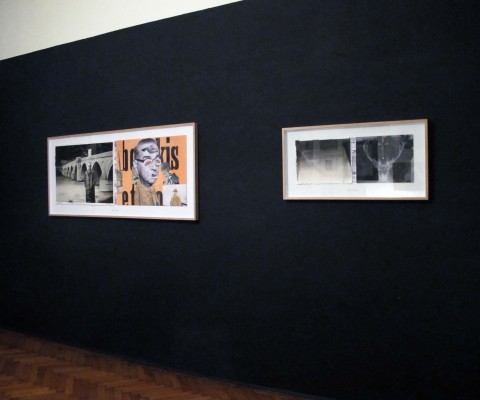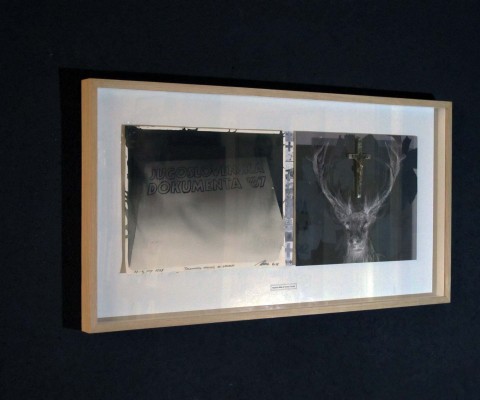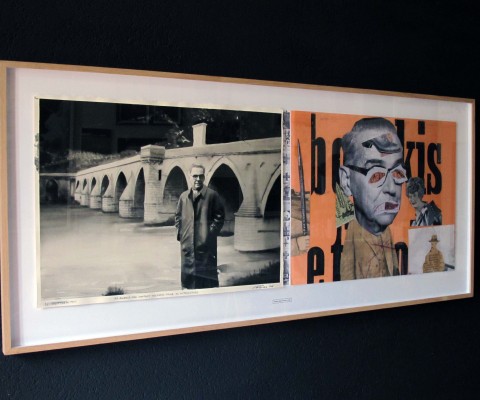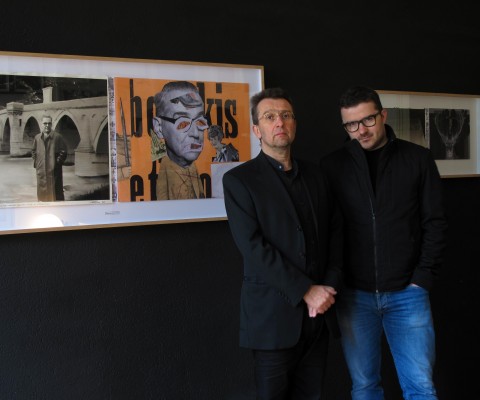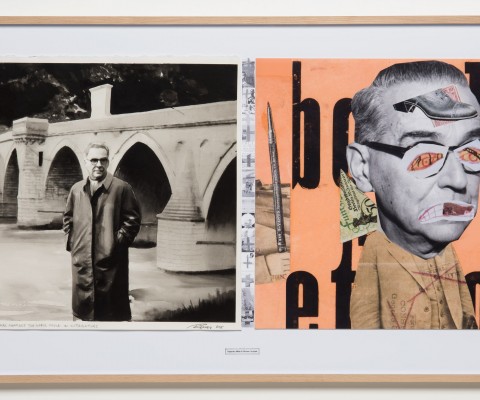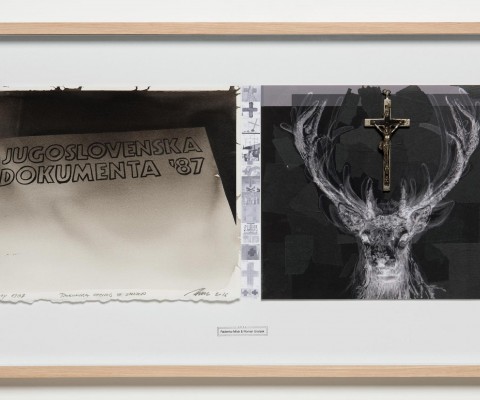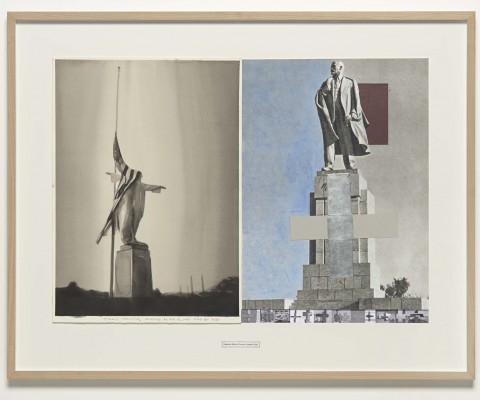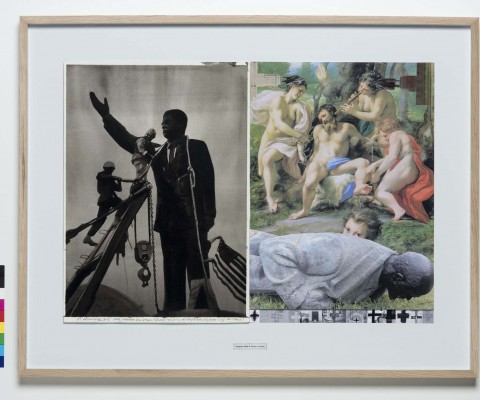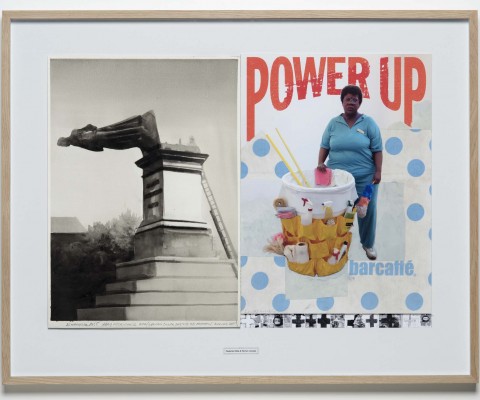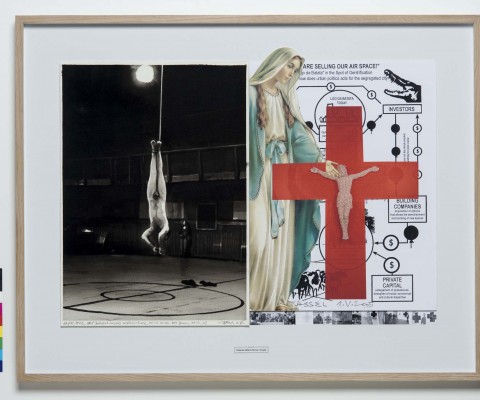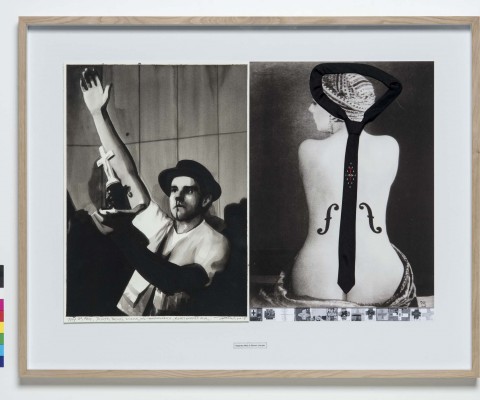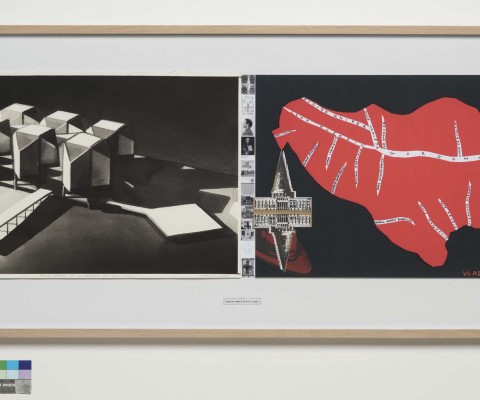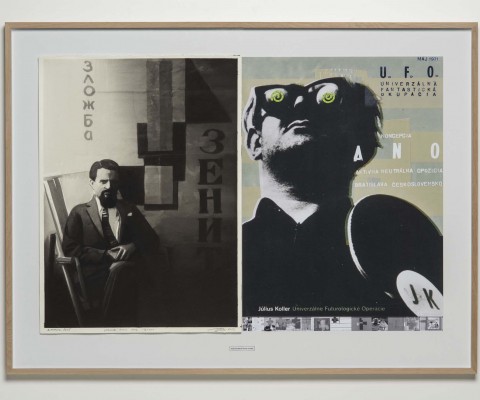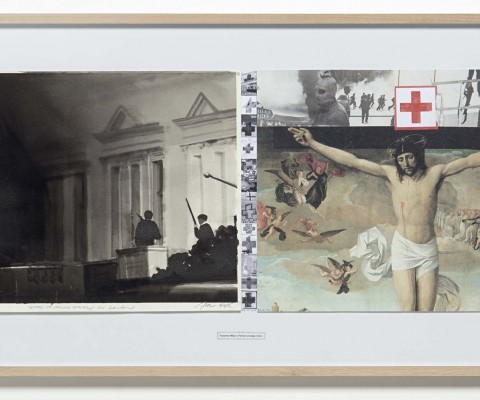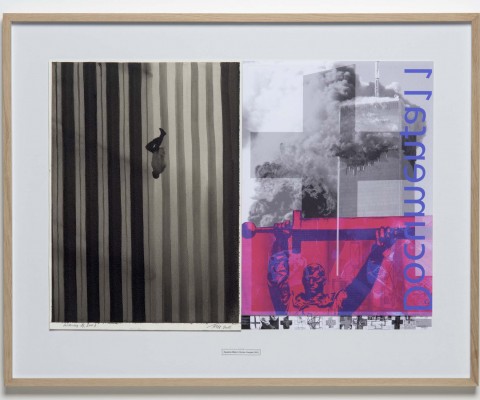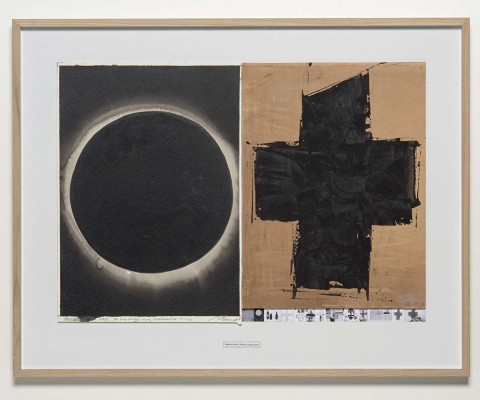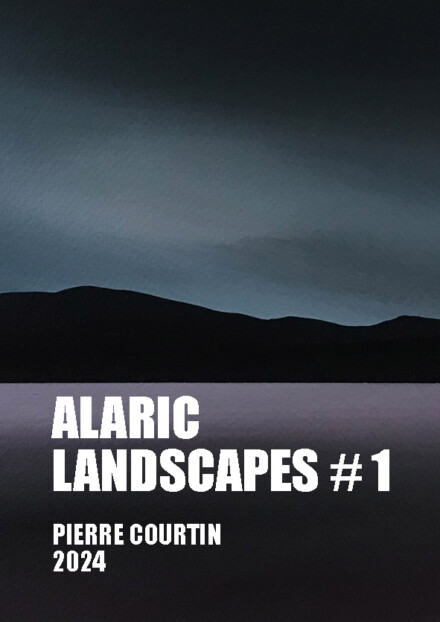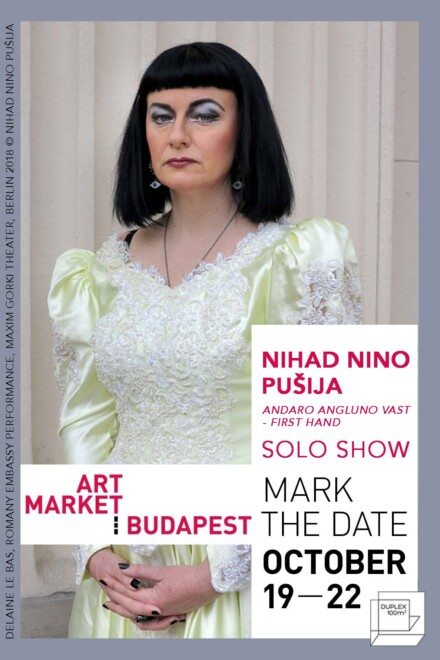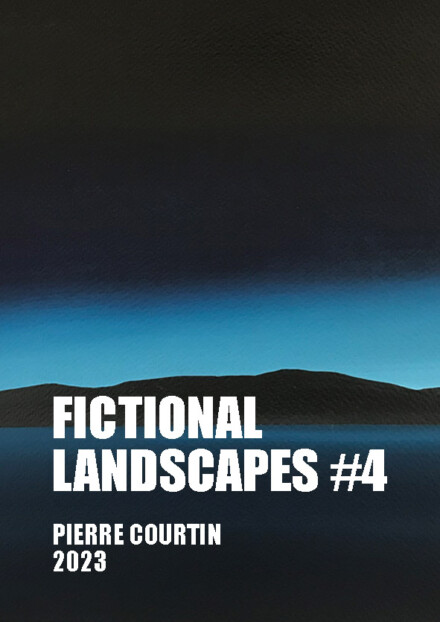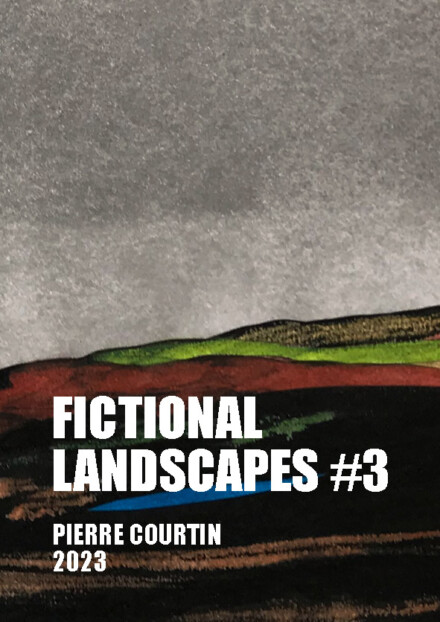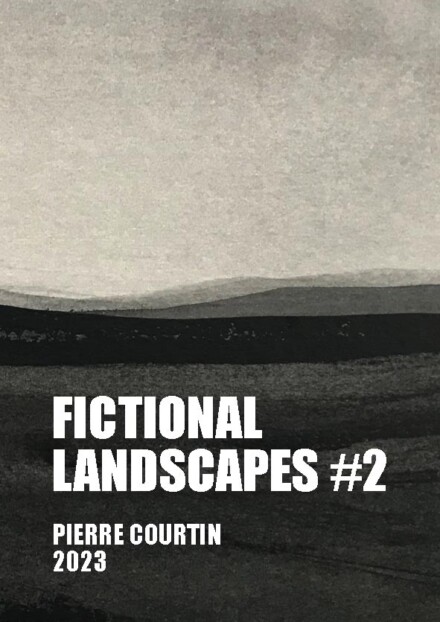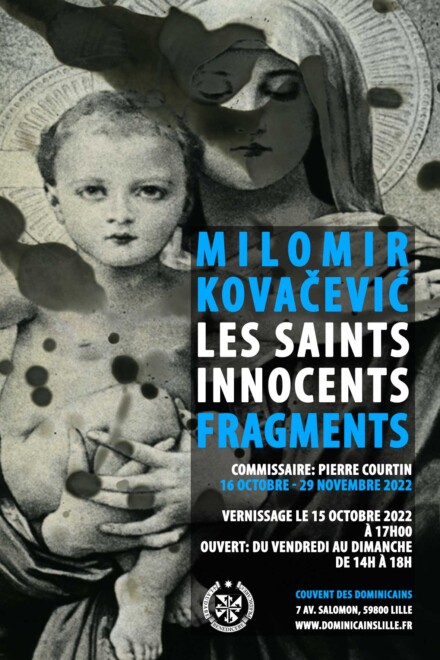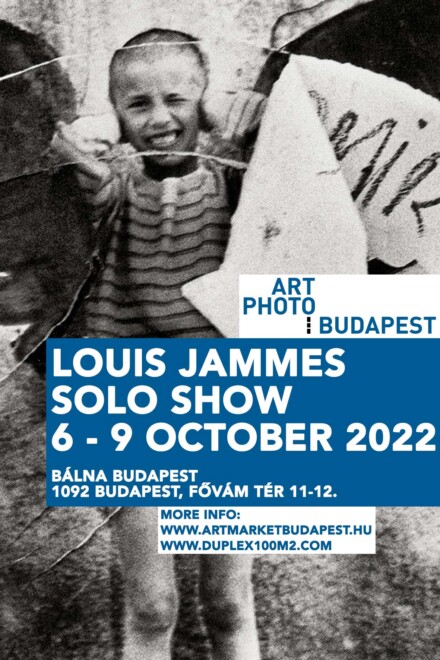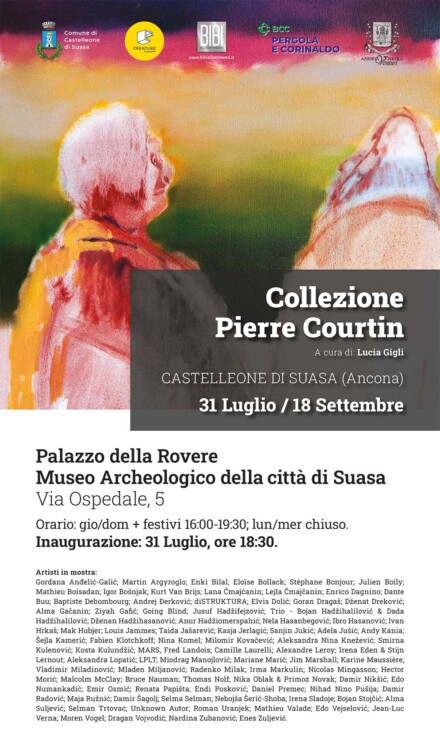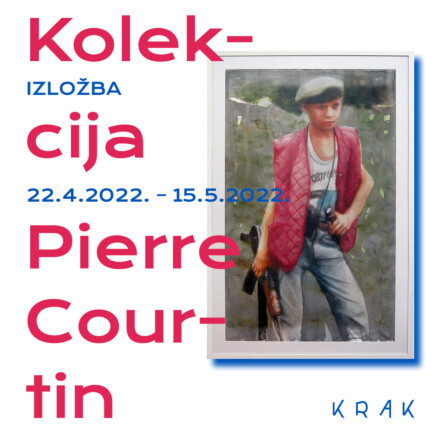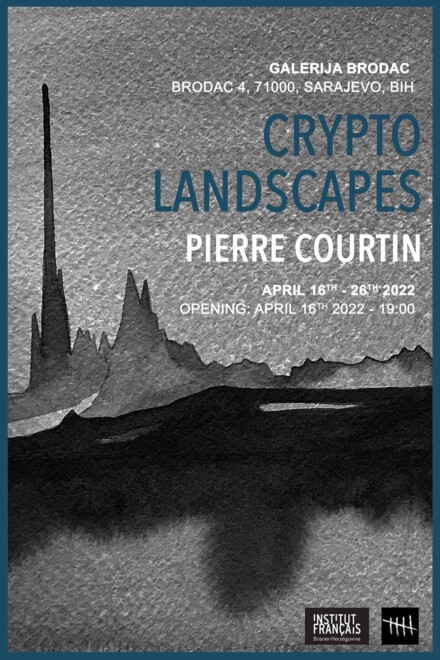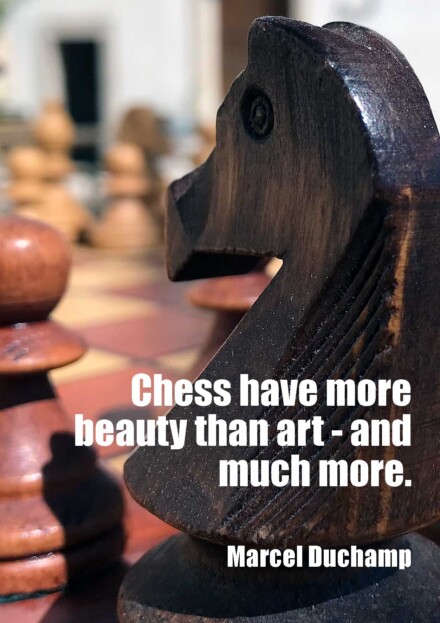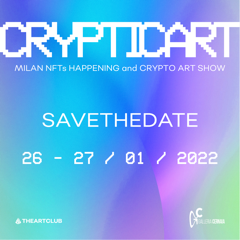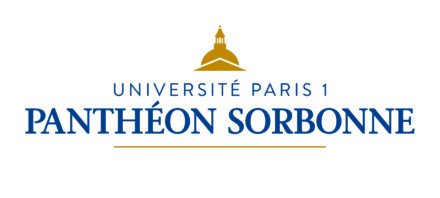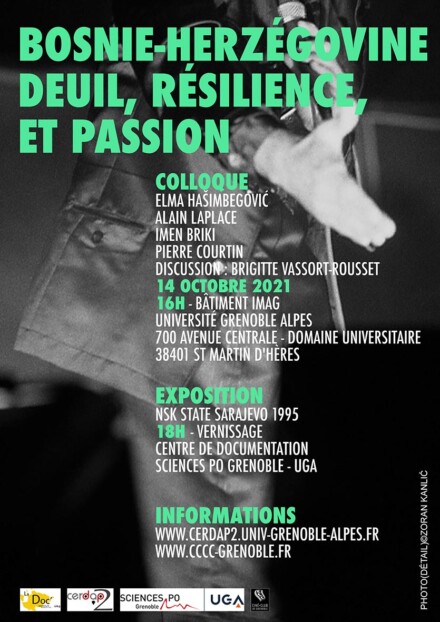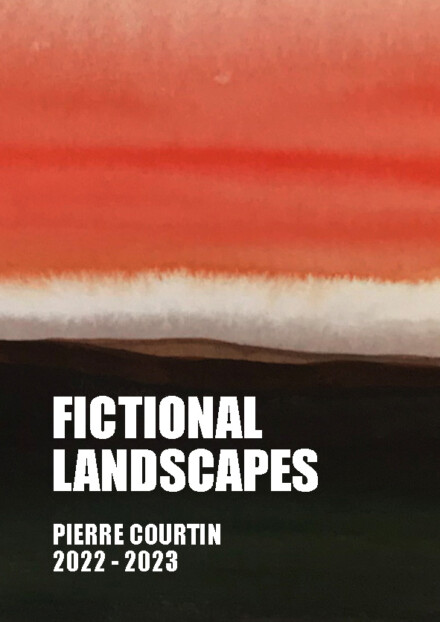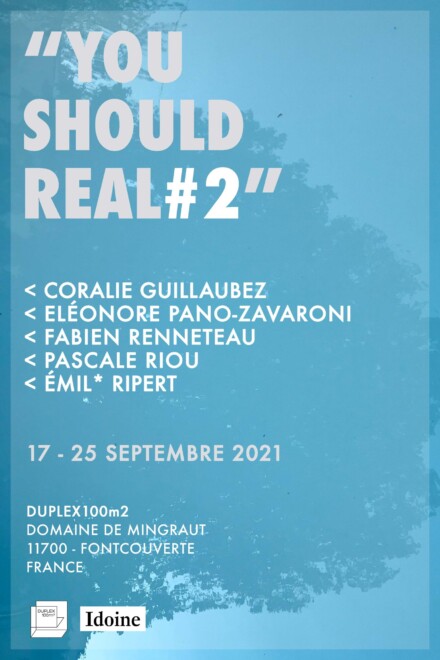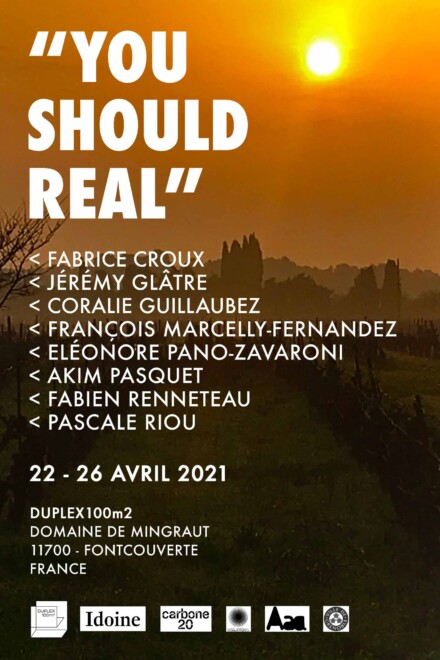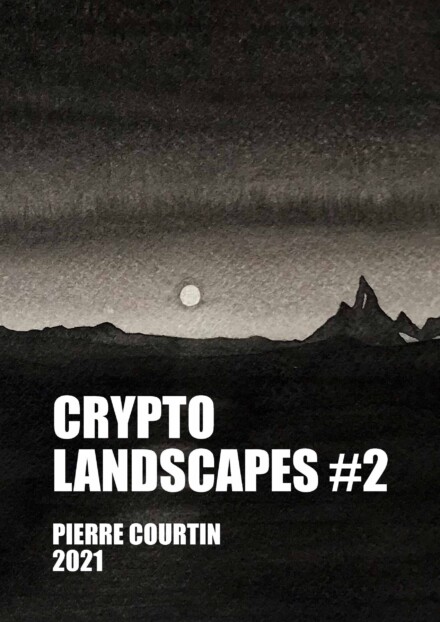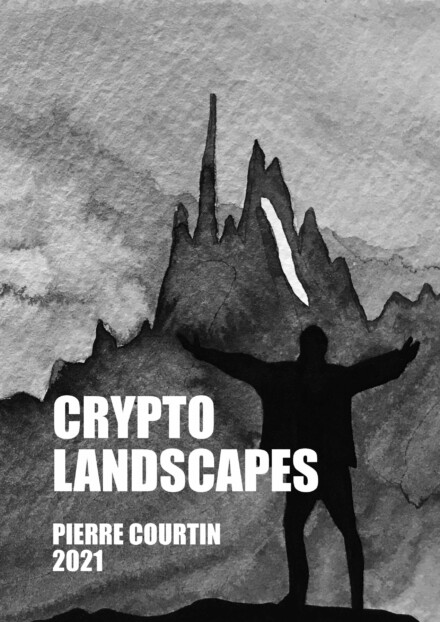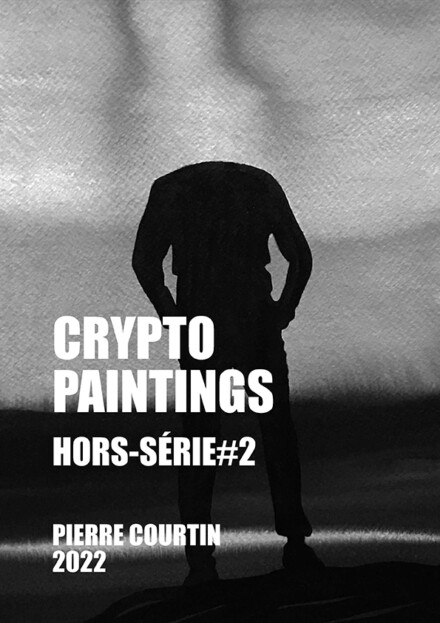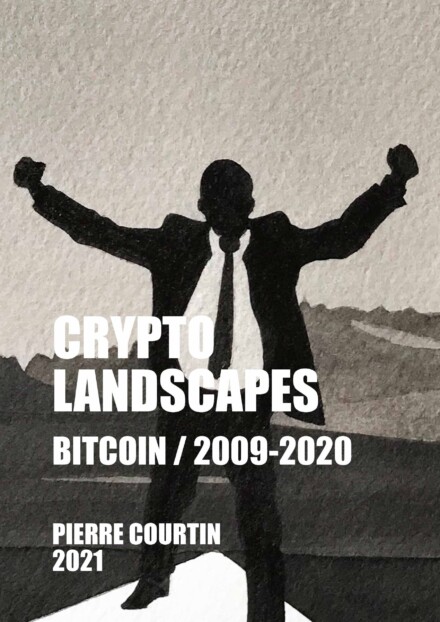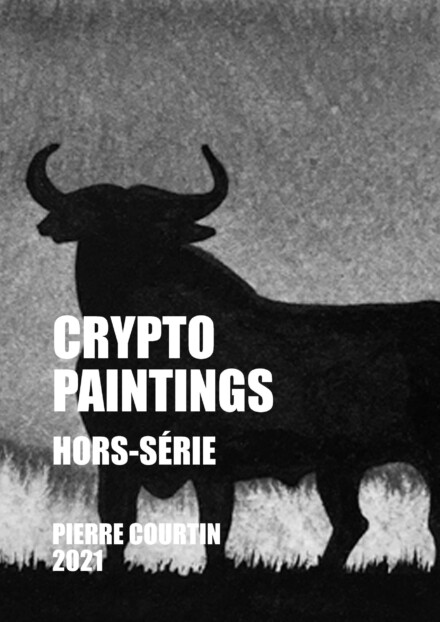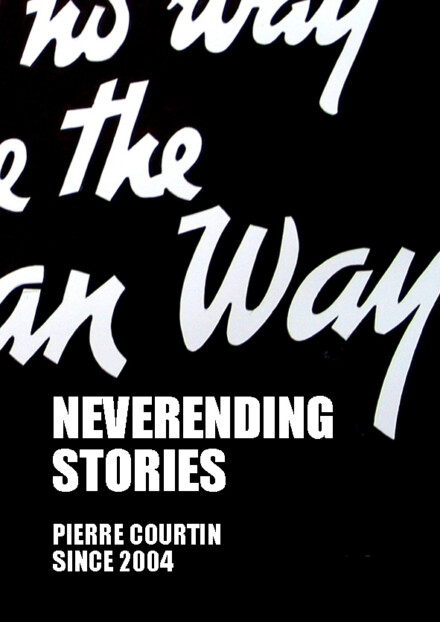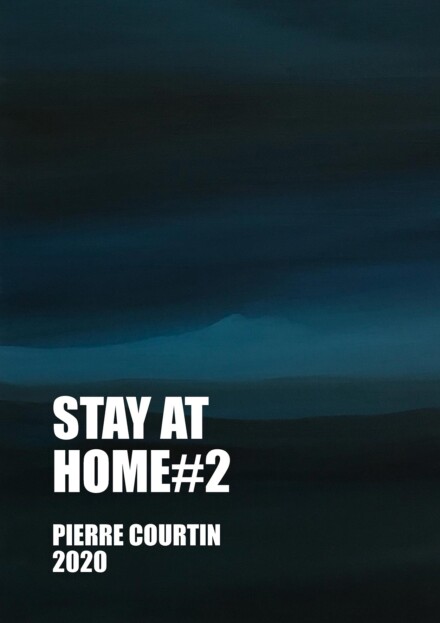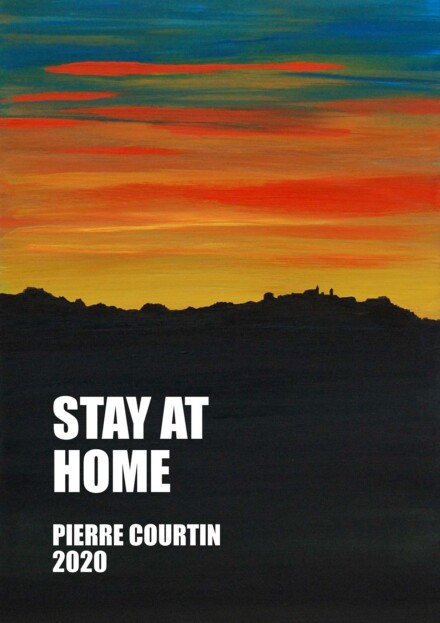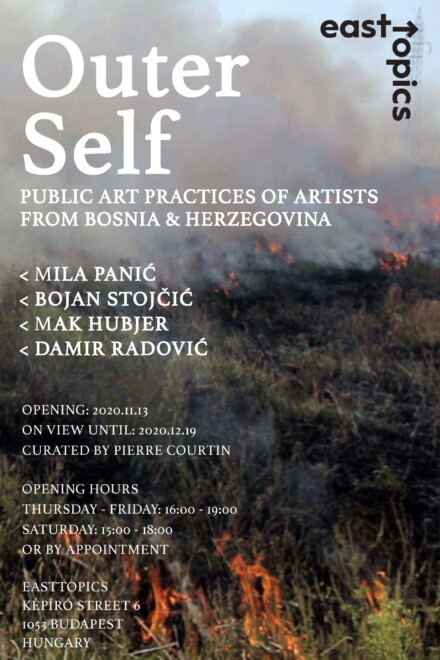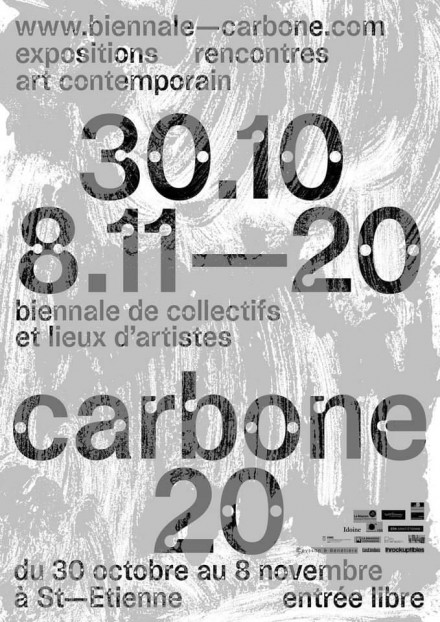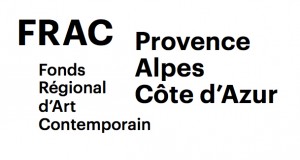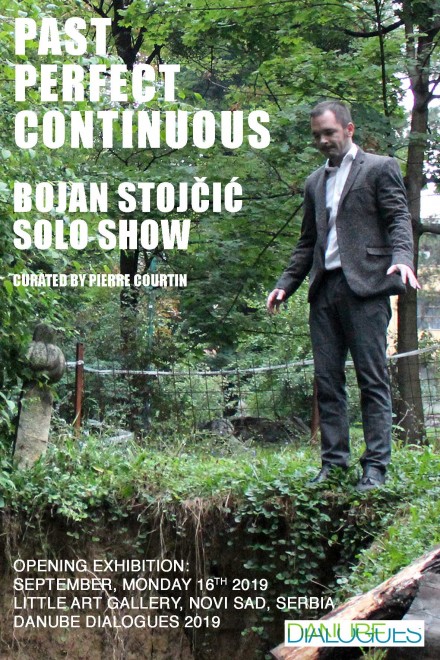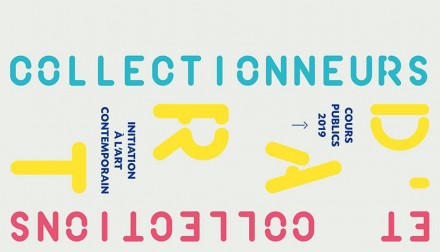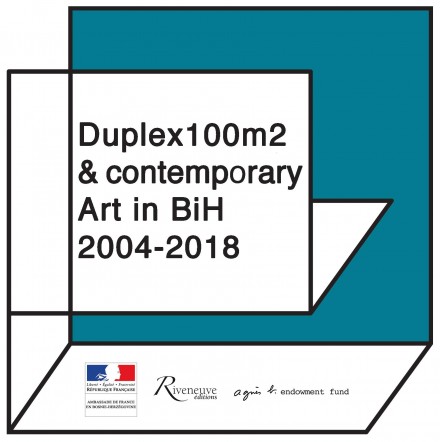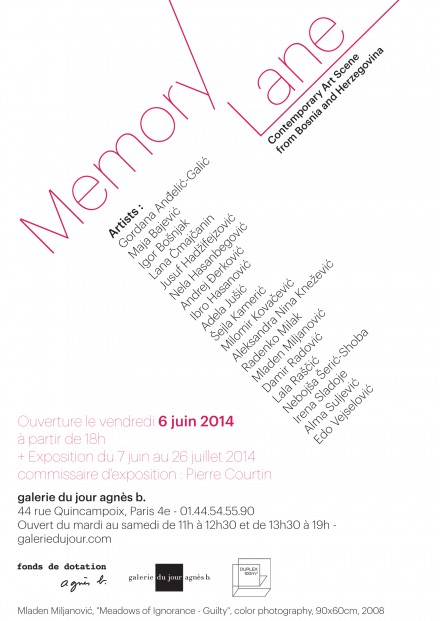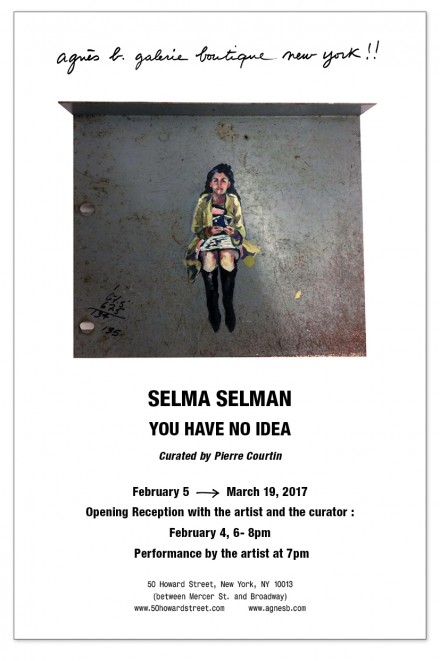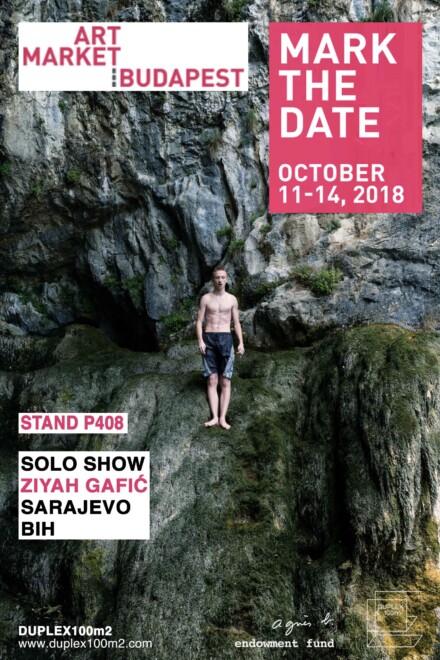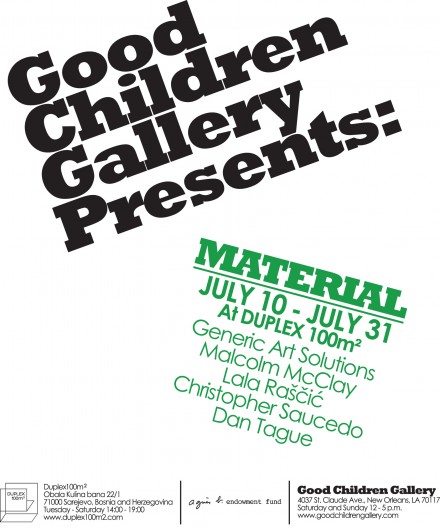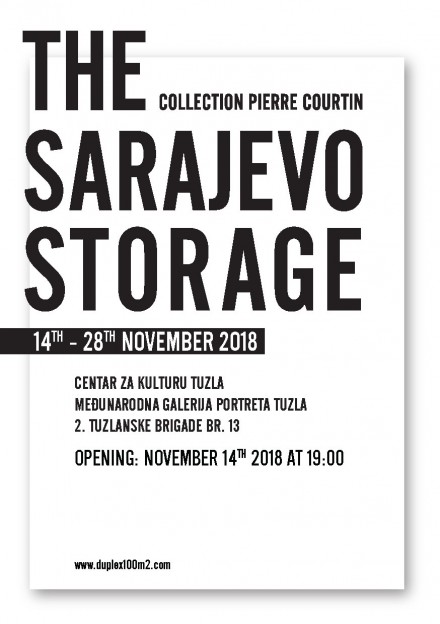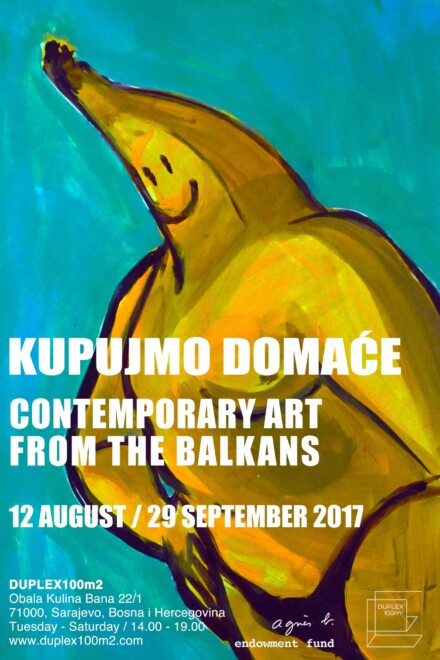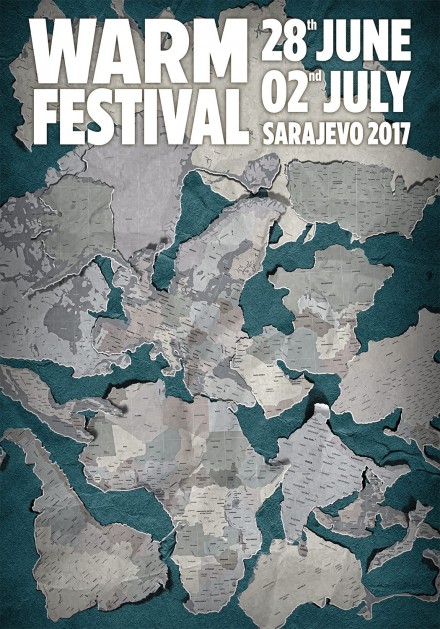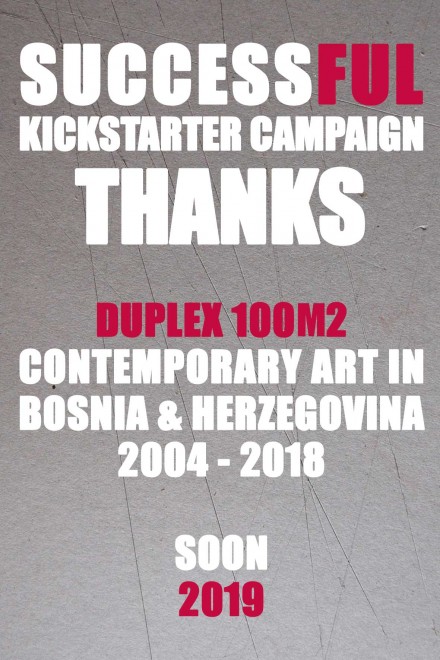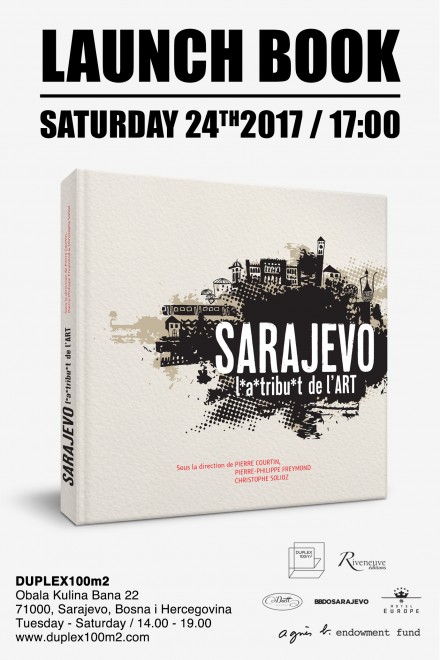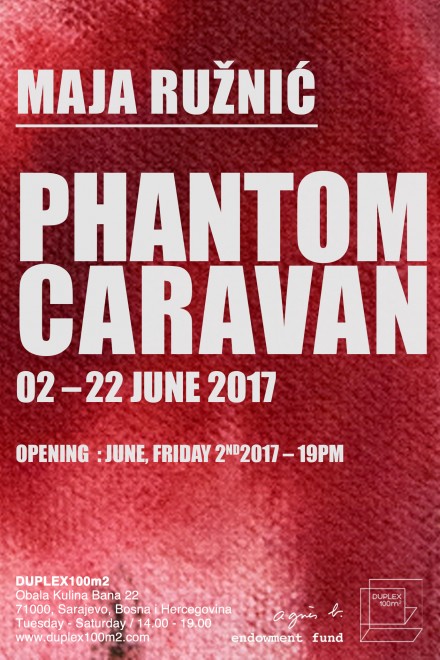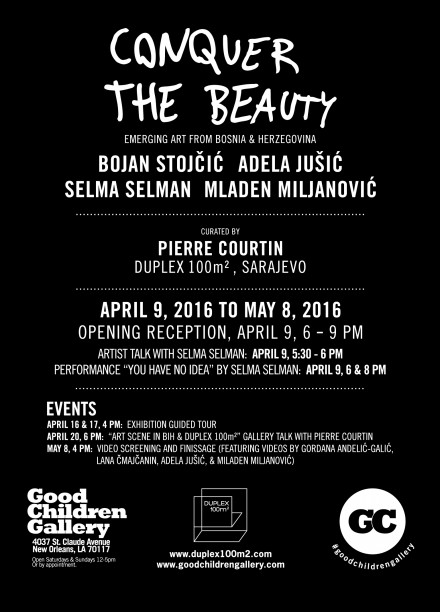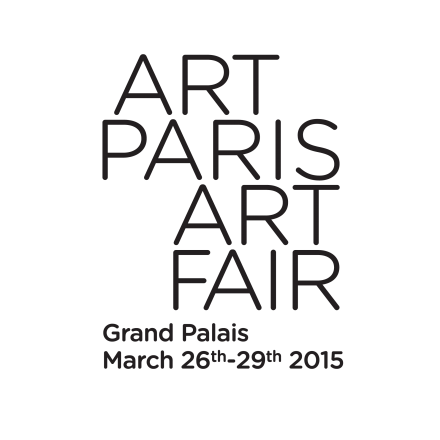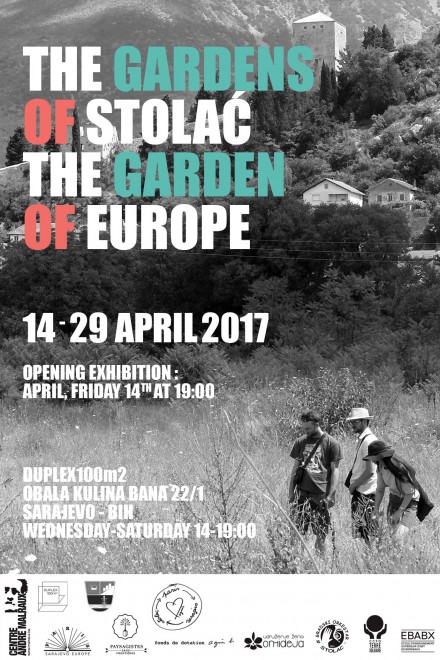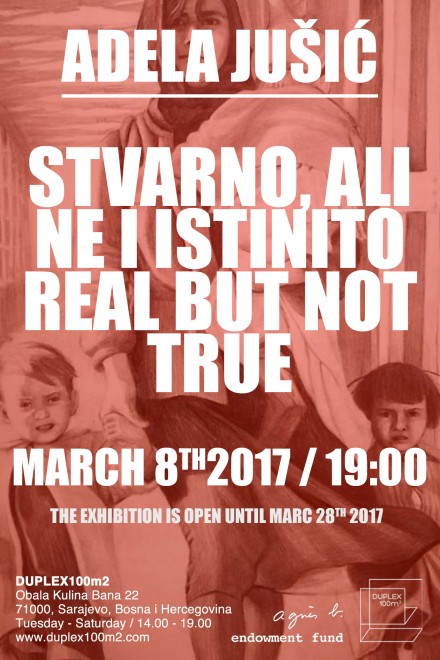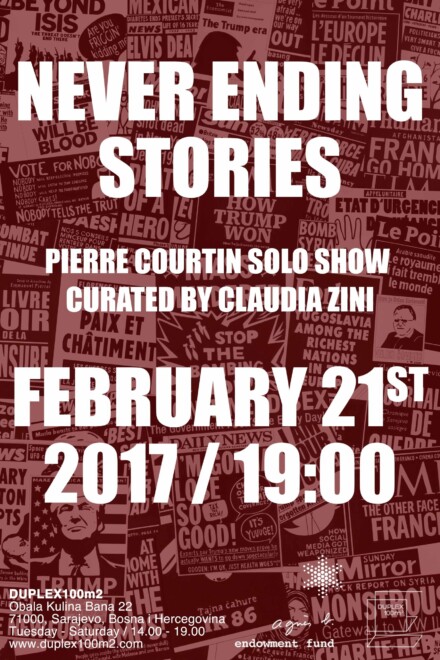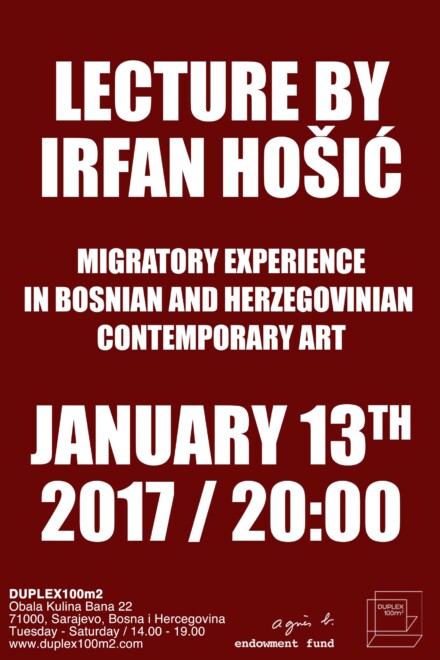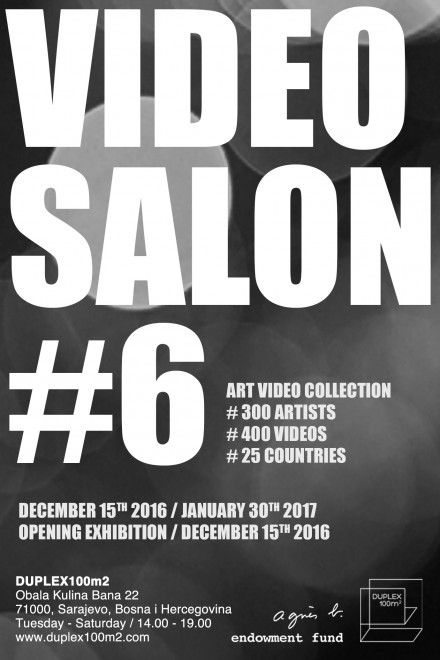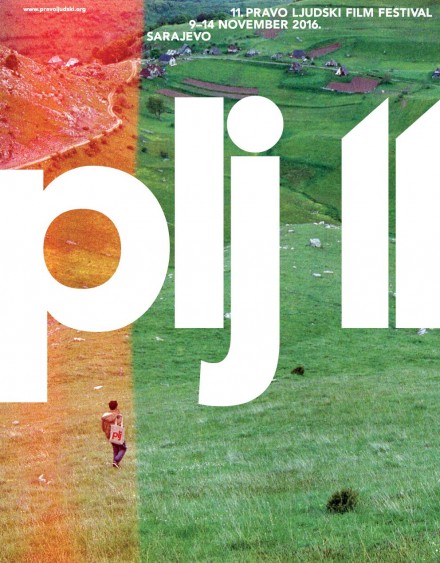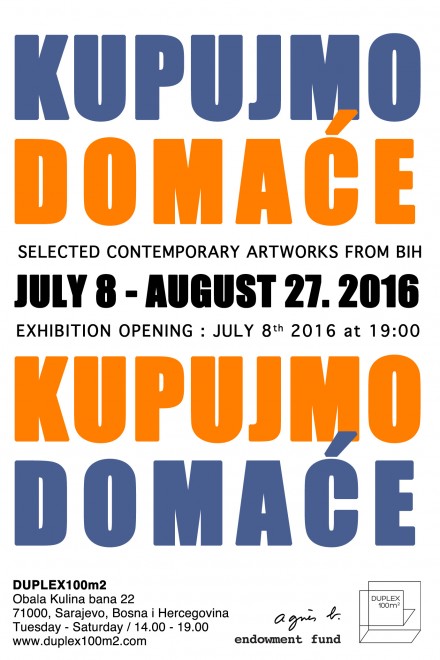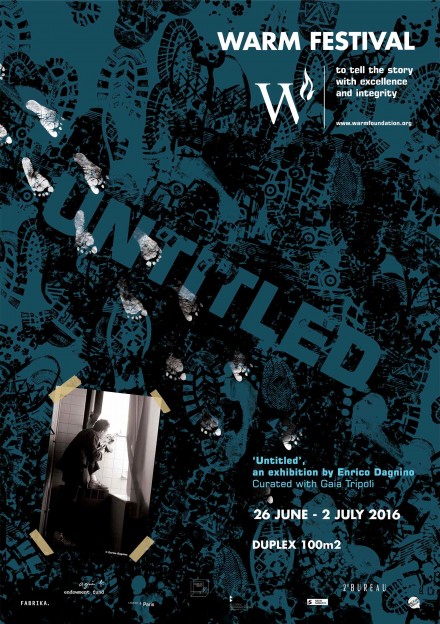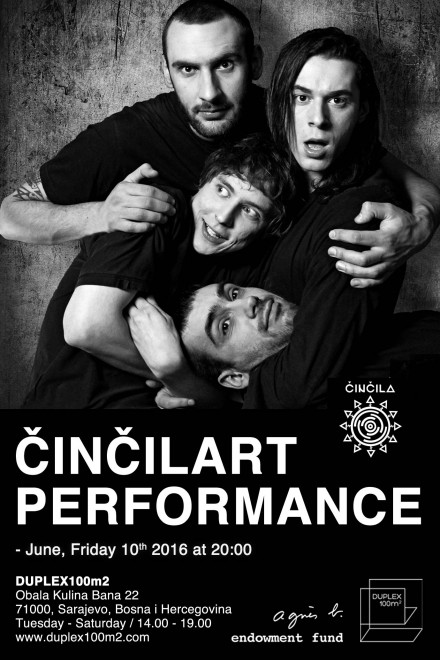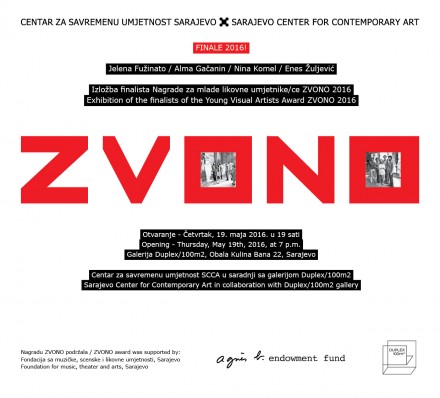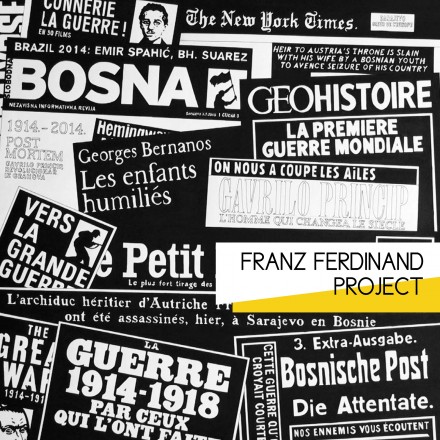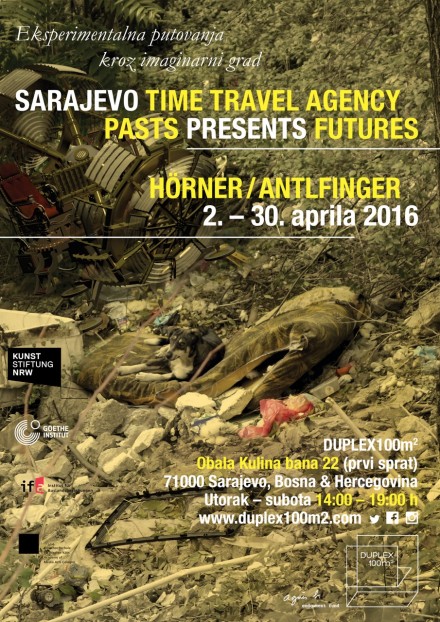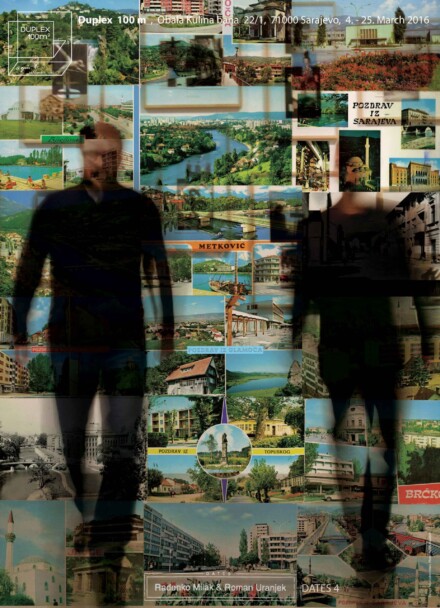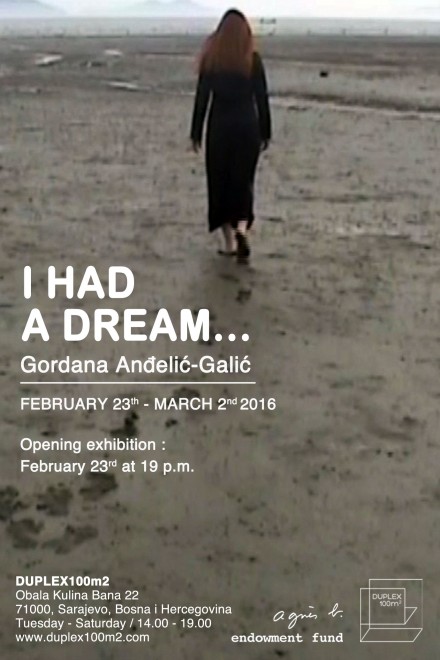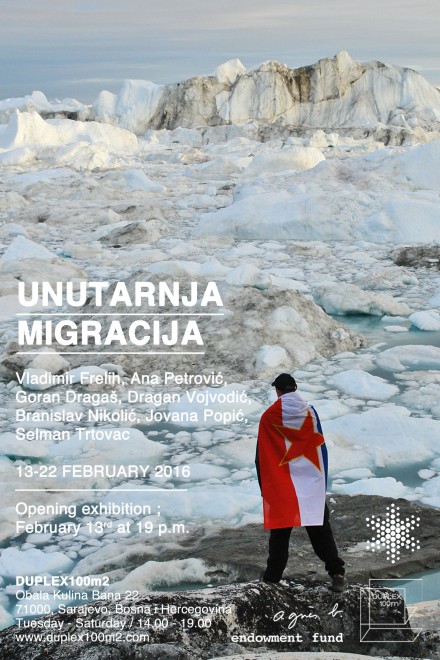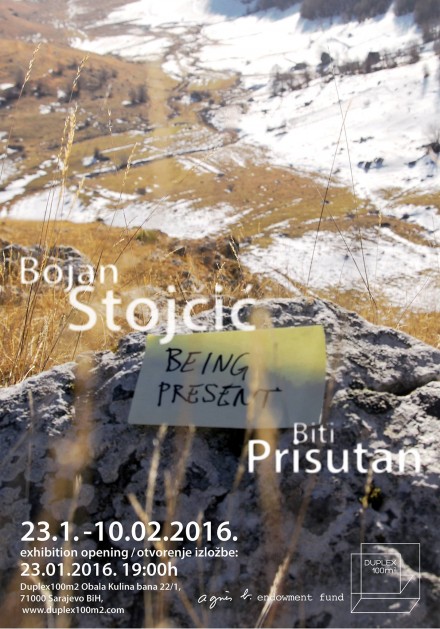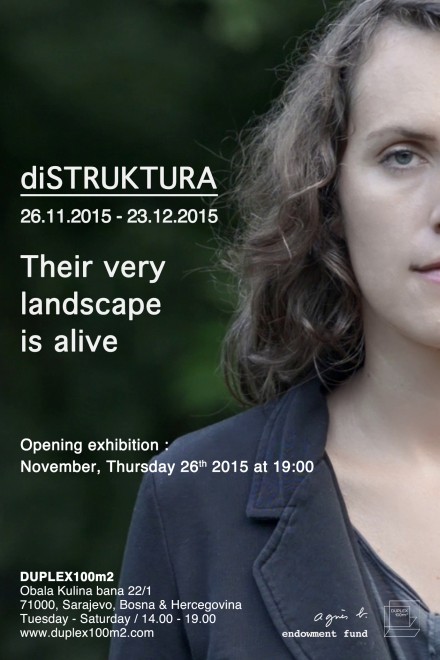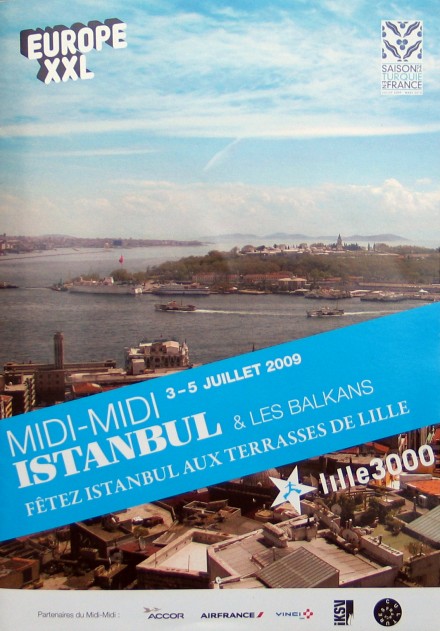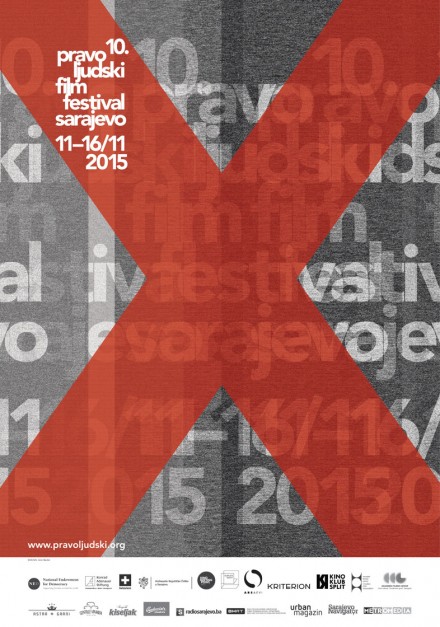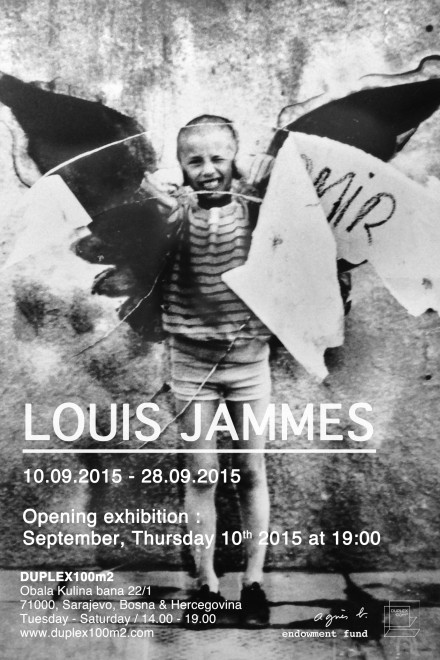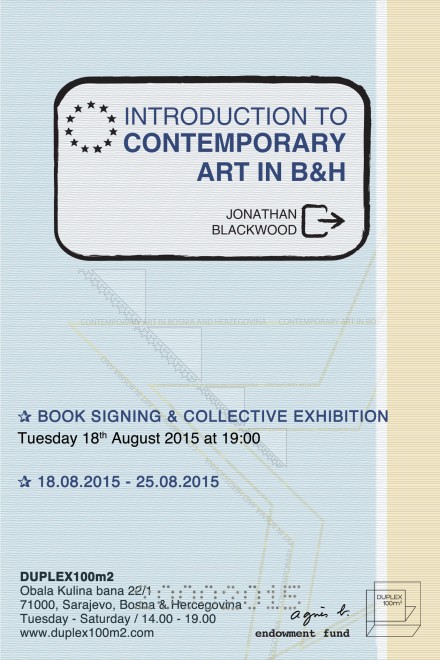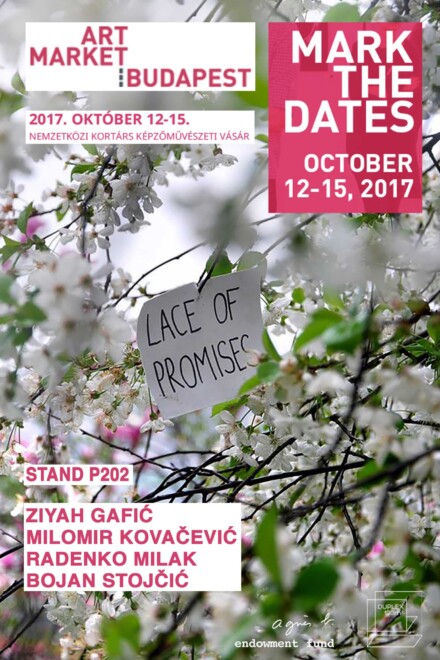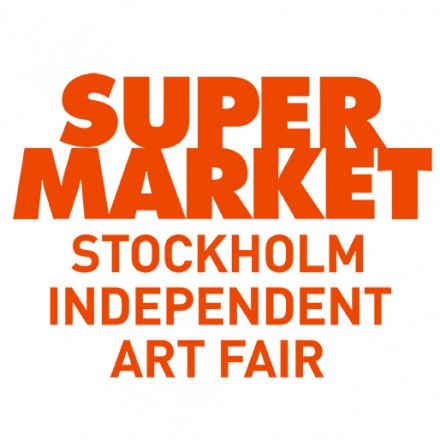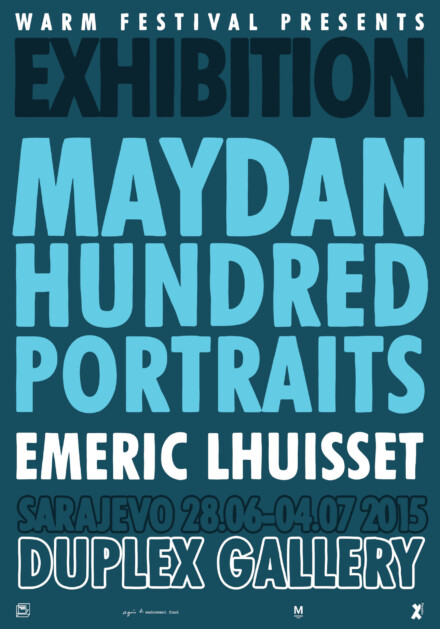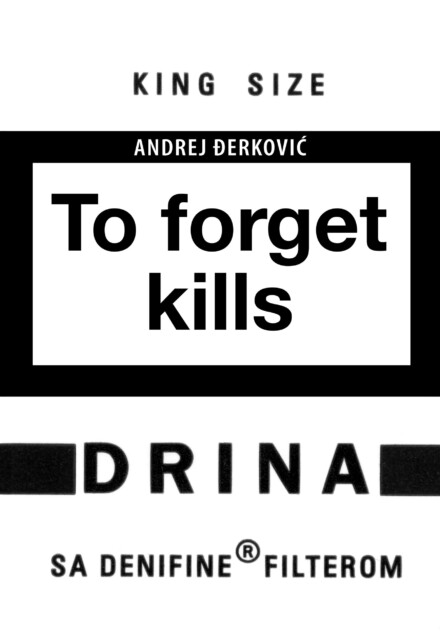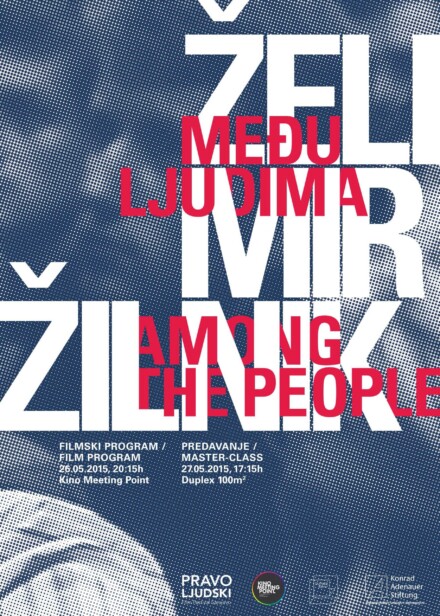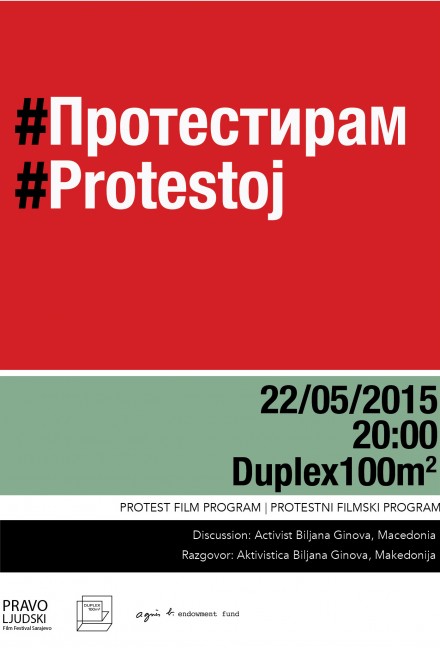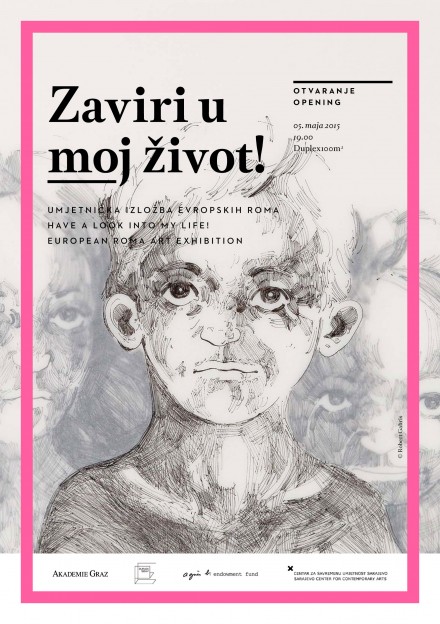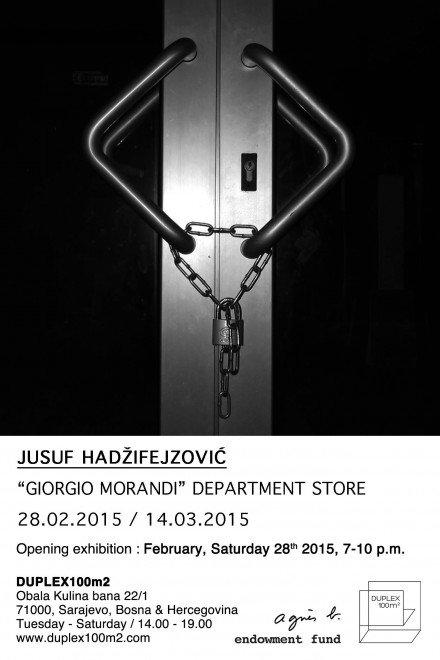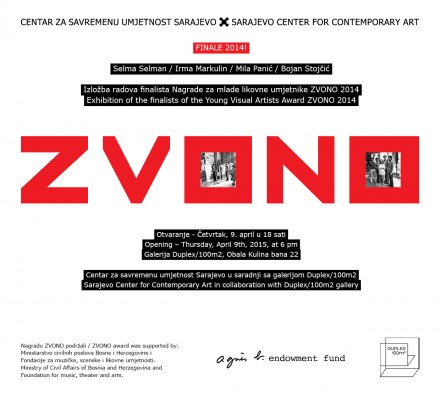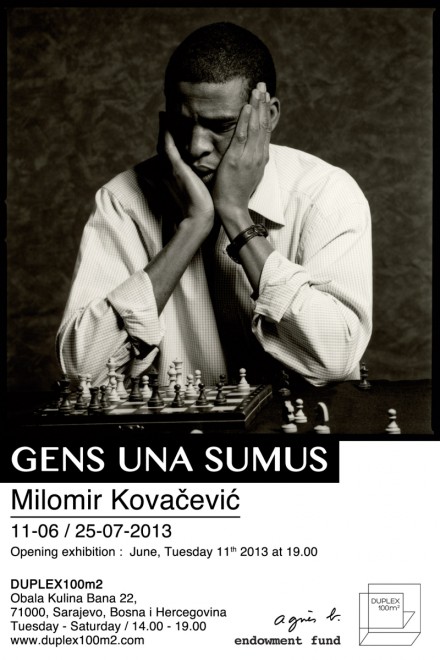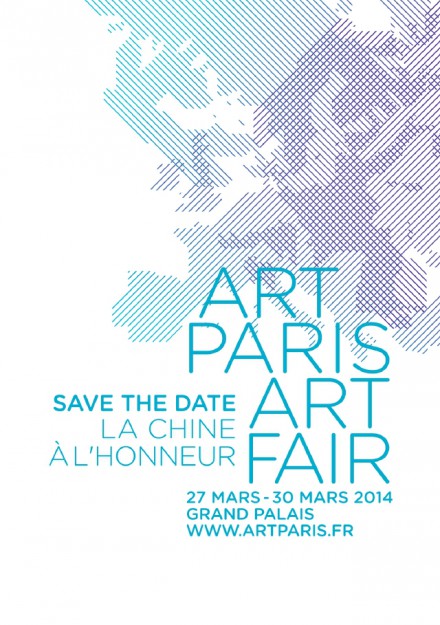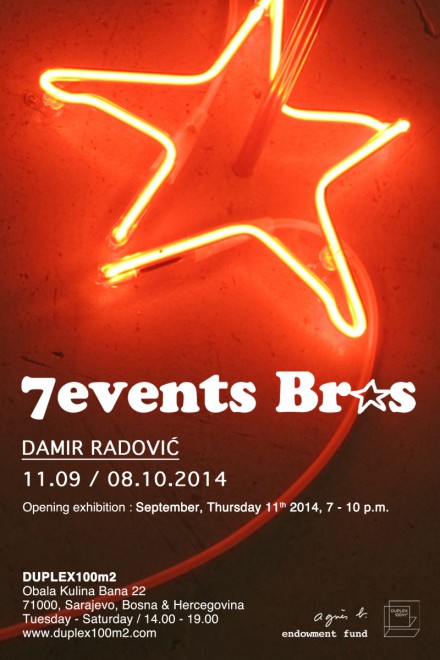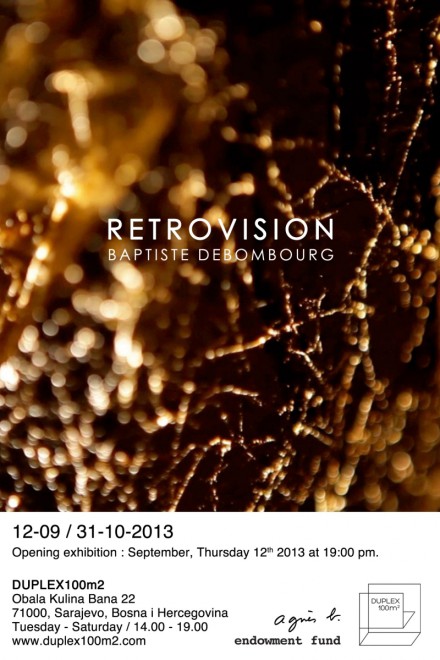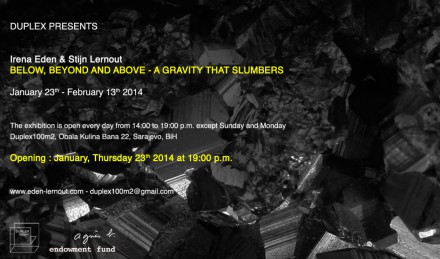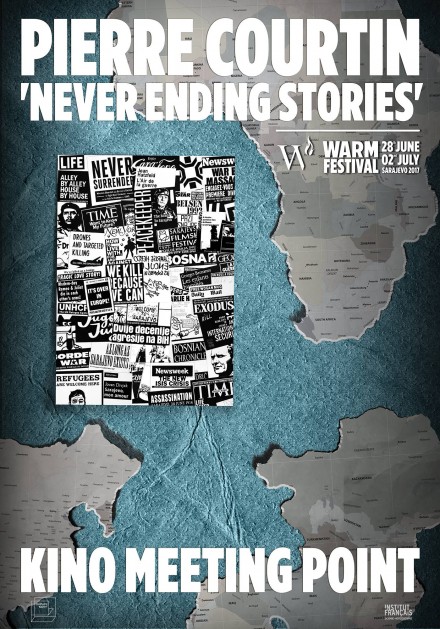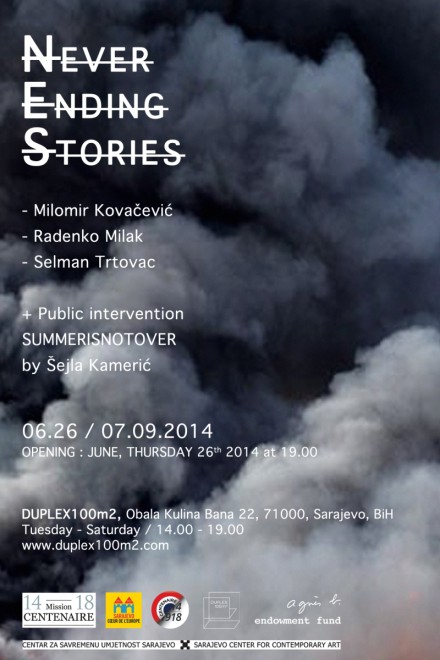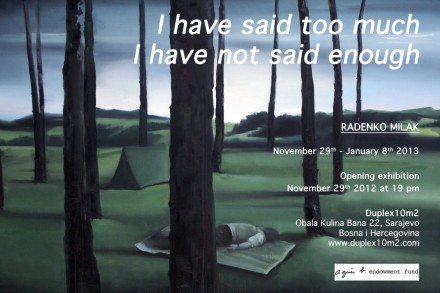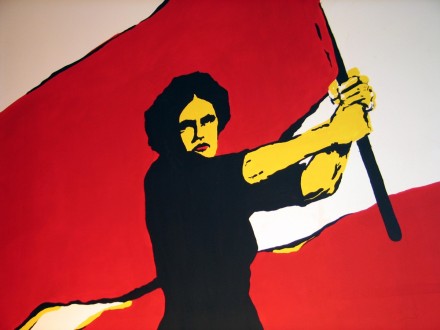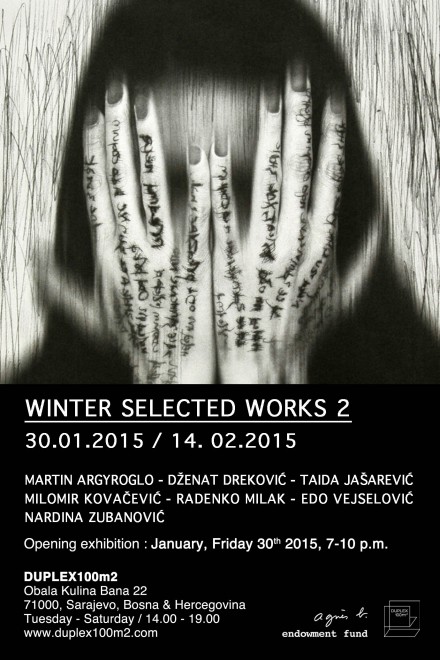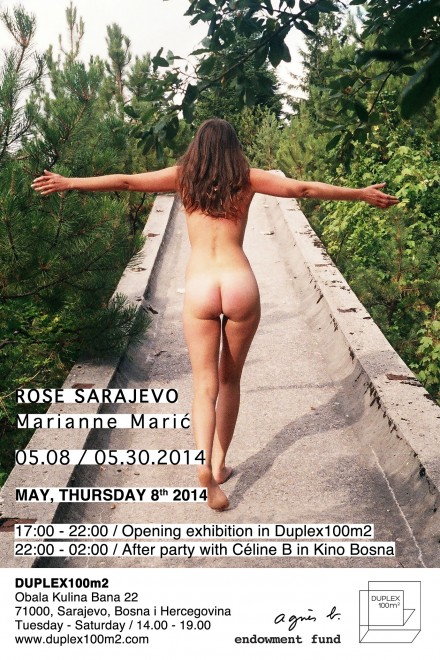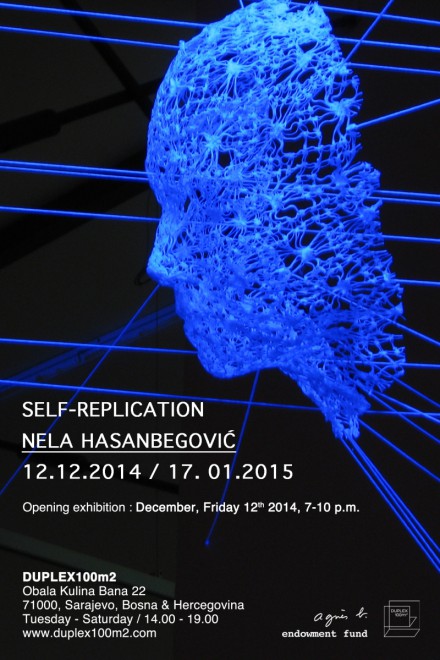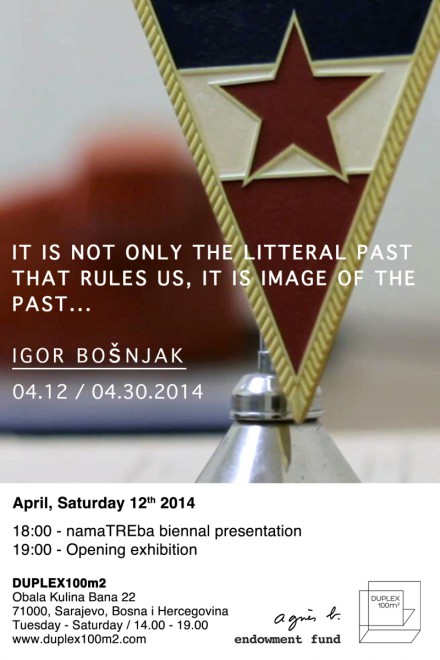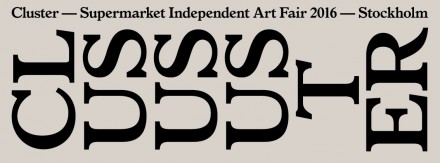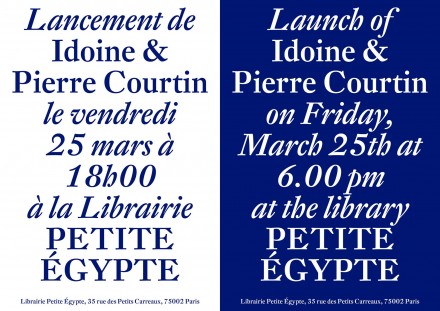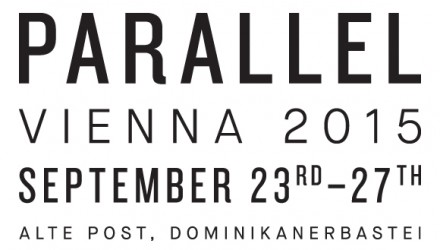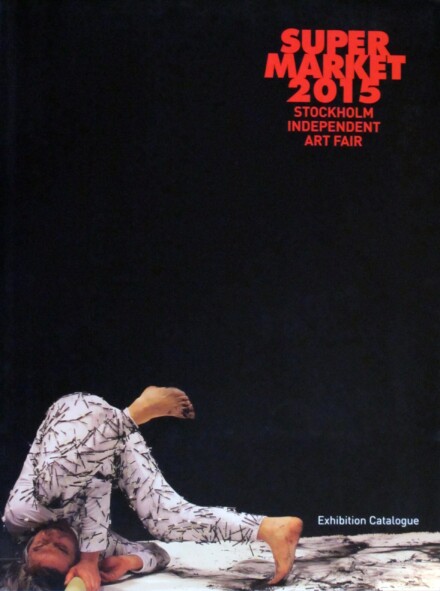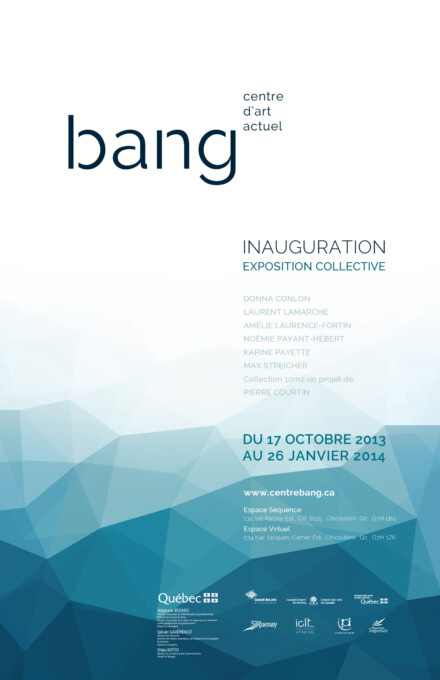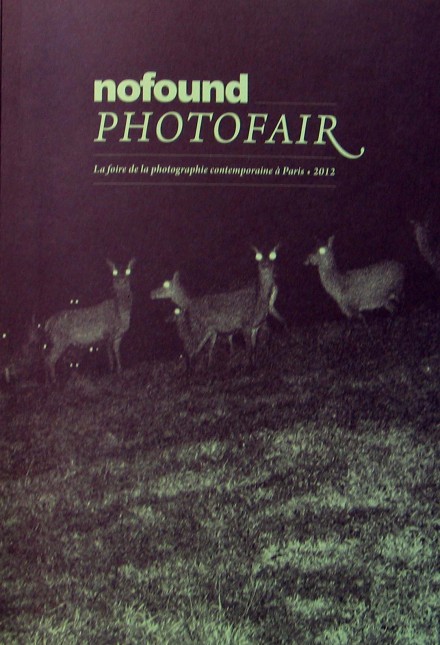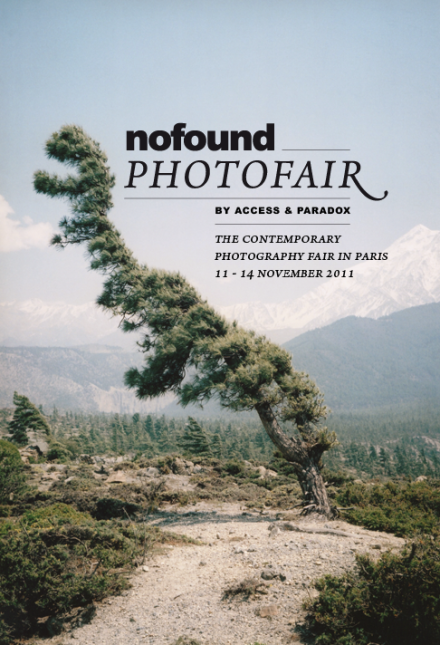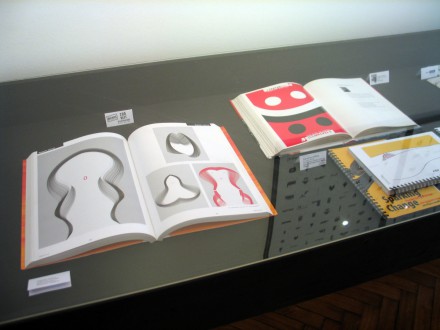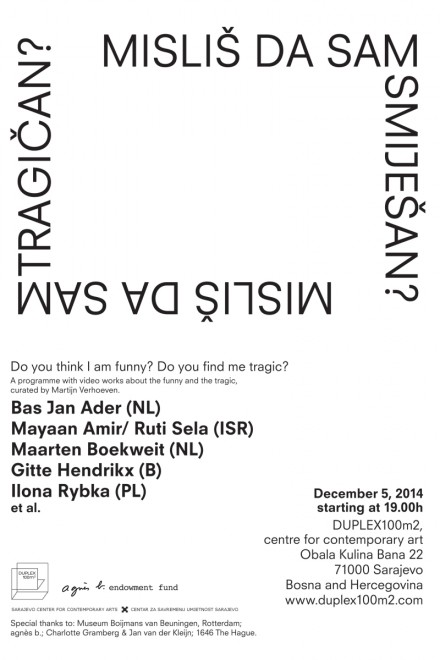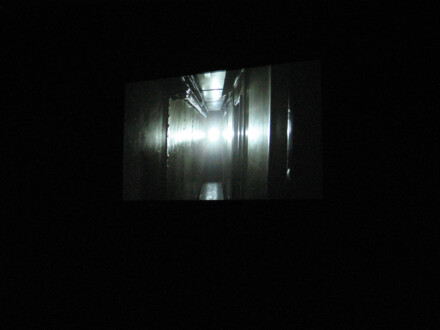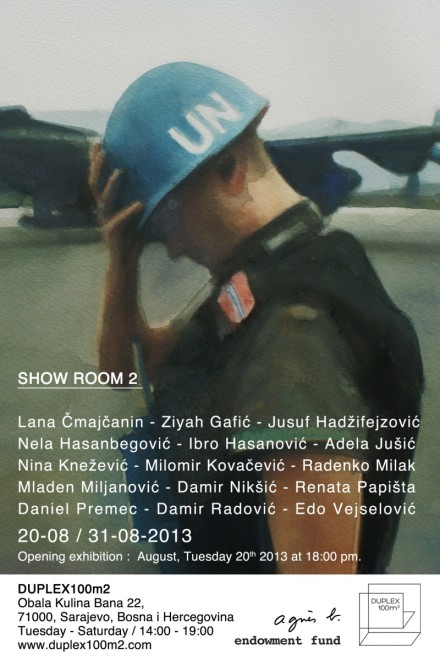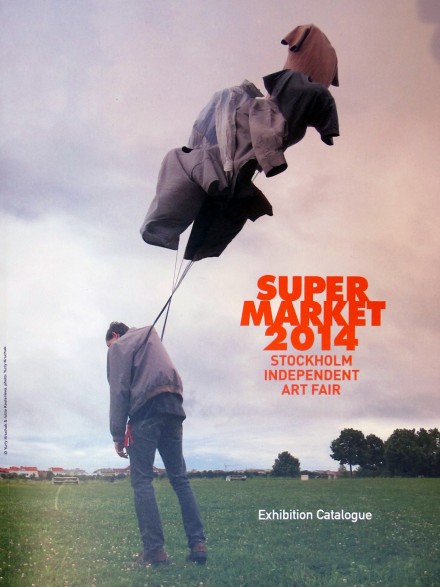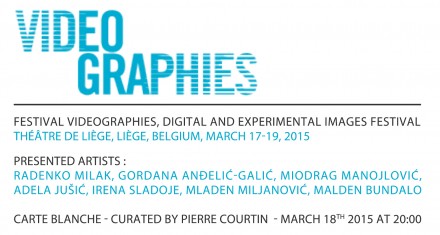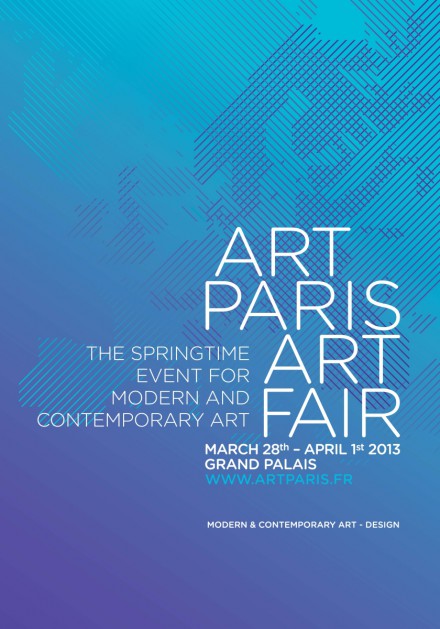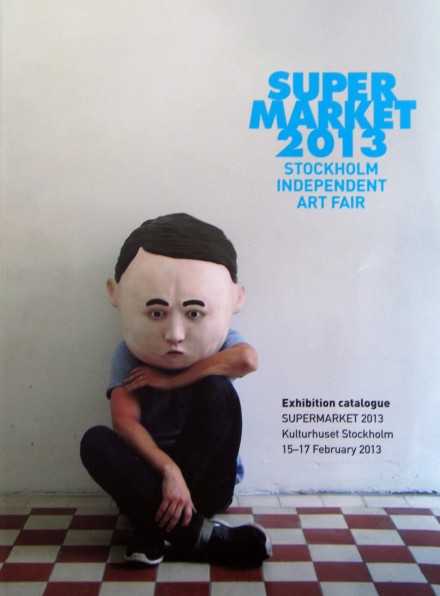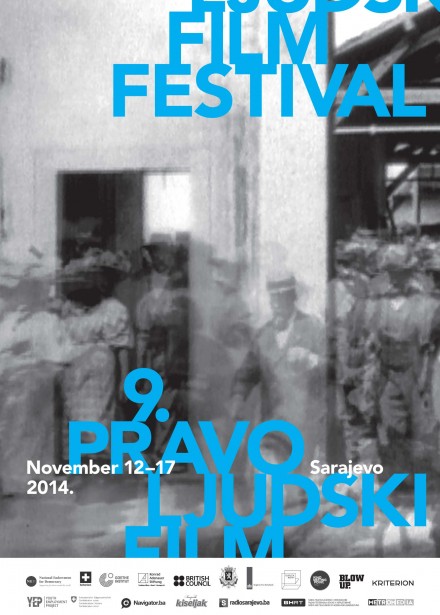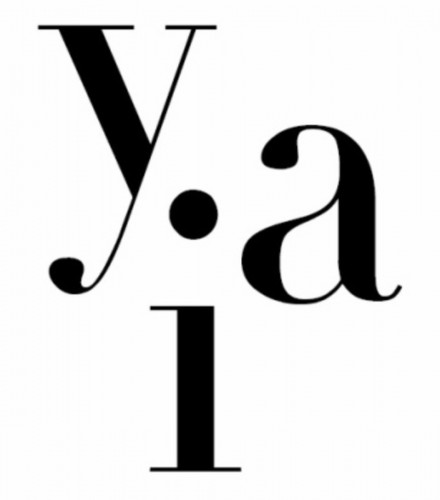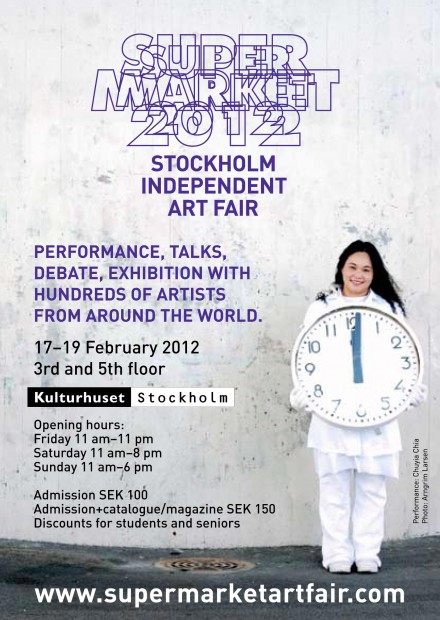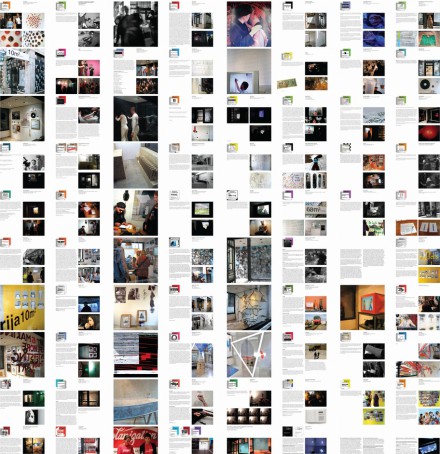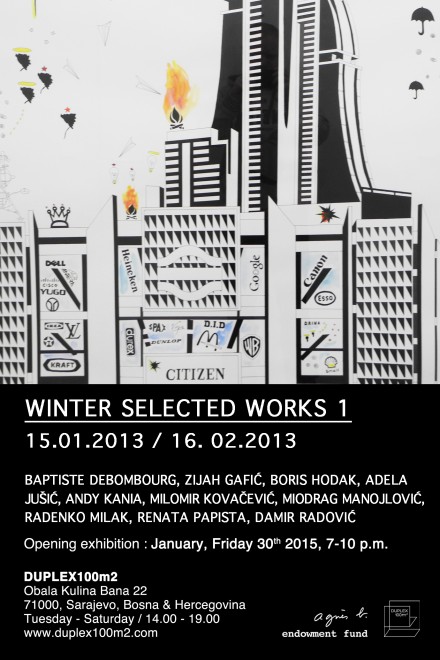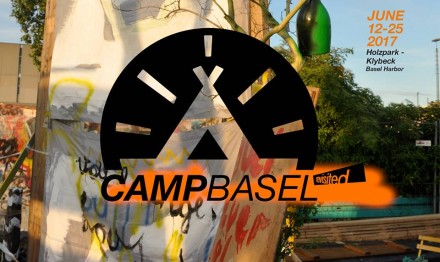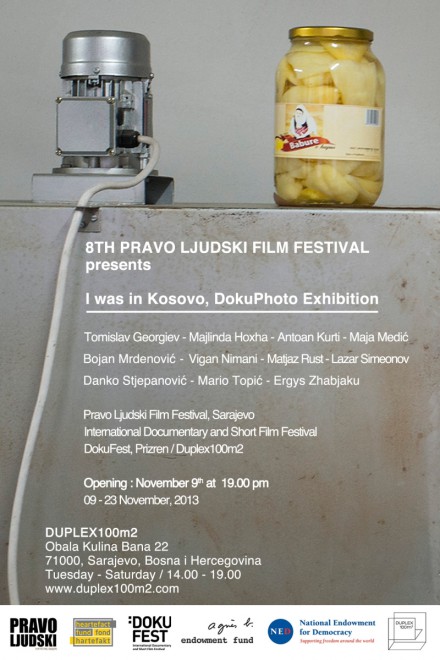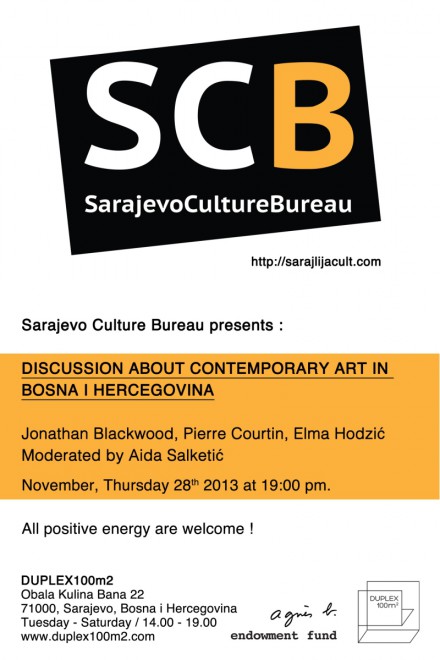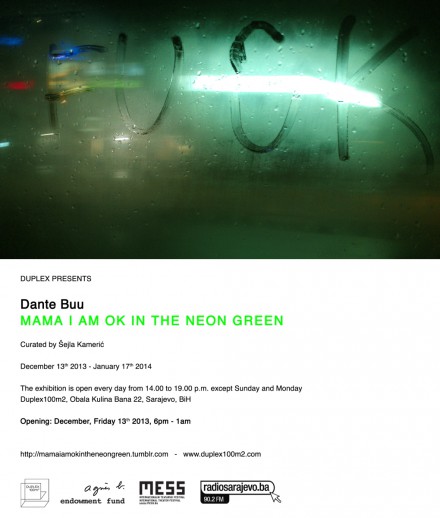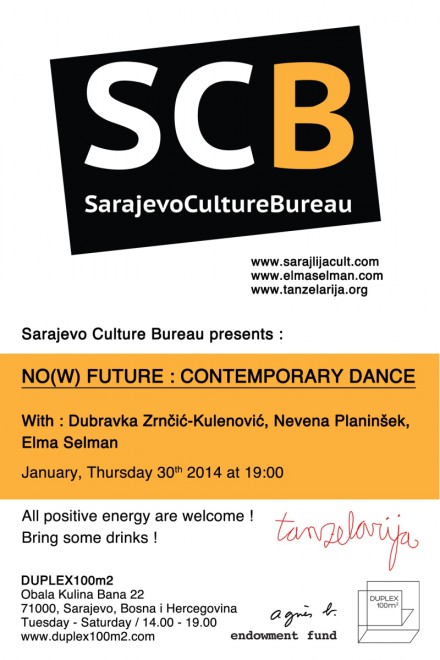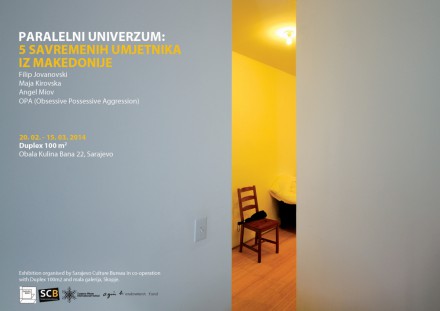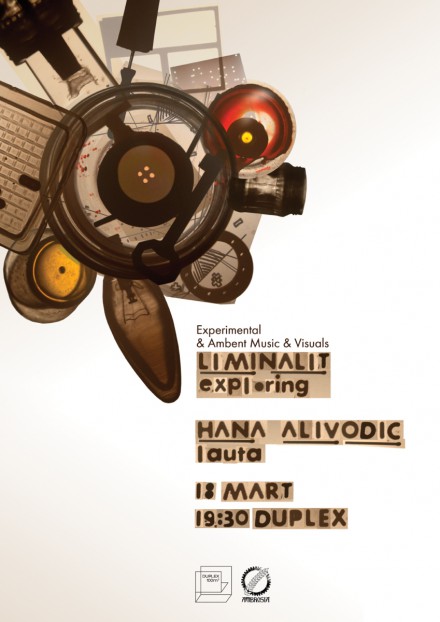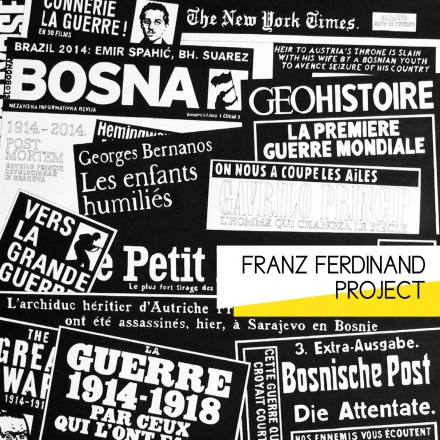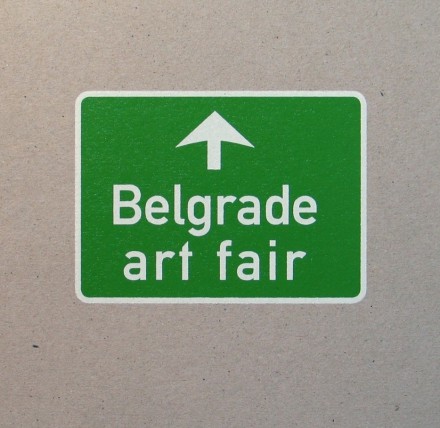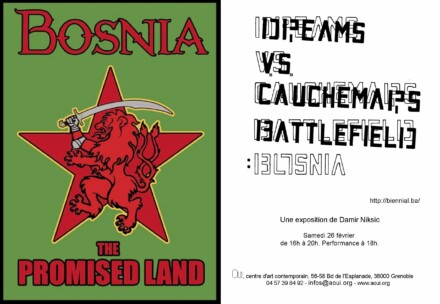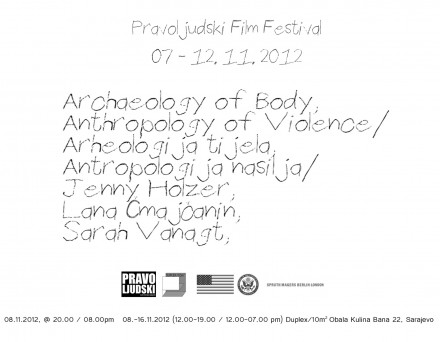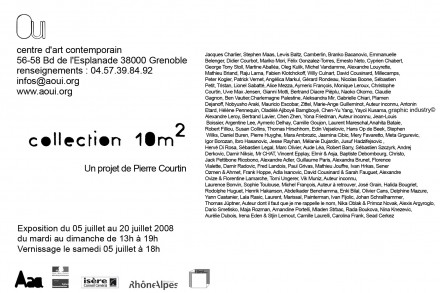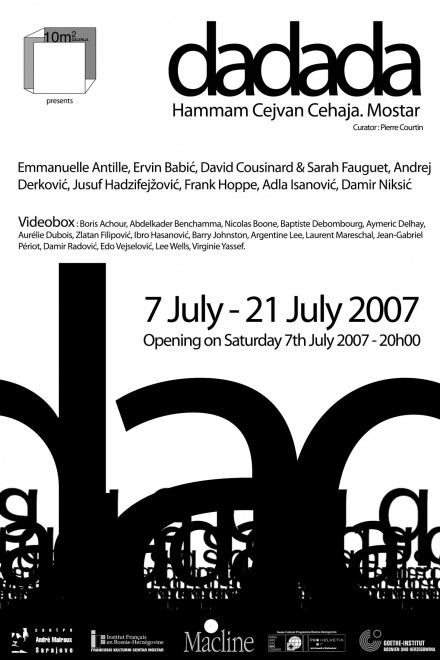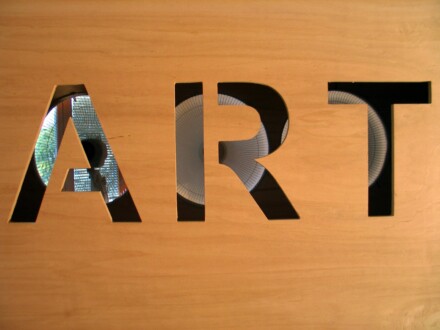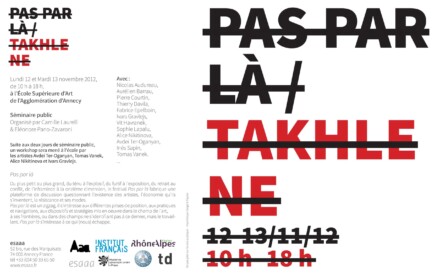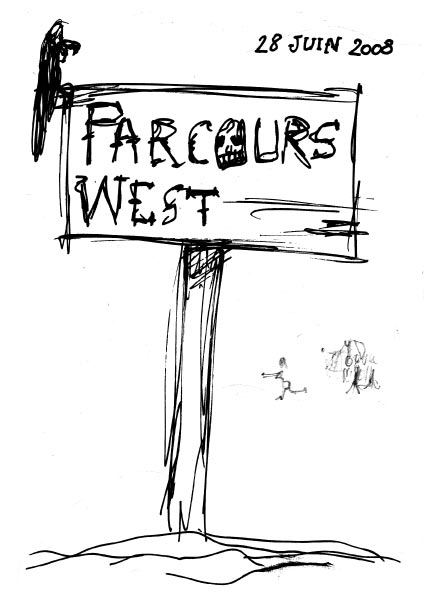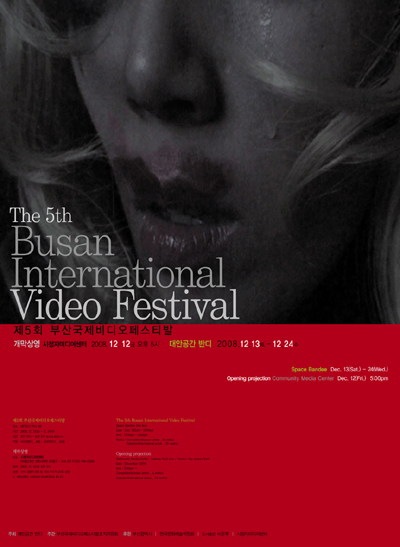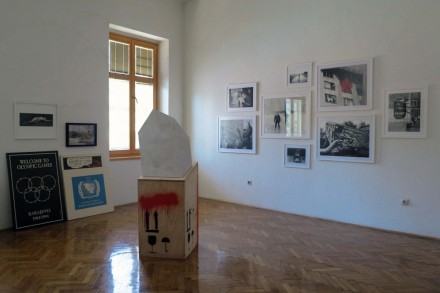Milak & Uranjek
History as its own negation
Dates [as in a calendar] is only one of many possible meanings of the word dates, which artists Radenko Milak and Roman Uranjek used as the title for their joint exhibition format. According to the artists themselves, other meanings are also correct: diaries, procedures of measuring time, which in their case, due to an arbitrary procedure that was used to make the work integral, becomes a diachronic, relativized time, devoid of continuum. Dates could be understood also as a form of social engagement that includes al least two interested parties. Both meaning are correct here. Namely, since 2013, Milak and Uranjek have been publishing their art works on the social network, Facebook, which enabled them to meet in the first place. Milak then started publishing his diary cycle of black-and-white watercolors, 365 Image of Time, dating from 1 Jan 2013 to 31 Dec 2013, while Uranjek was publishing his collages from the At Least One Cross a Day series, which he initiated on 1 Jan 2002. Both of them chose the diary principle of subjective and obsessive time recording as their daily strategy; Milak was applying it for a year, and Uranjek has been doing this for 13 years already. Their interest for the other’s work, their mutual recognition of their artistic closeness in understanding objective time and historical time, as well as in distinguishing phenomena of social and cultural past (history) from those of personal/obsessive documenting,[1] and from the process of memory, developed into a concrete collaboration, creating and exhibiting their joint and composite works. And, what was that the artists recognized as their joint platform? As an answer, or at least as a trigger for possible explanations, I will cite the Facebook status by Radenko Milak from 7 Nov 2010: “Images of the past are threatened by extinction if the present is not recognized in them…” Therefore, the question is how to not forget the past, how to make it visible here and now, but also, how to rise above it, in the processes of transforming reality as a whole.[2]
Today, when it is obvious that the world has been for many decades exposed to recurring wars, terrorism, brutal violence, mass migration, resurgence of cold war trends, xenophobia, fear and paranoia, this question becomes the mother of all questions. Both artists approached it very early, already in their formative period – Uranjek did it as a founding member of the Slovenian group IRWIN in mid-eighties, and Milak, being younger of the two, appeared about a decade ago on the artistic scene of Bosnia and Herzegovina. Both of them tied their artistic work to the domain of cultural and political activism using artistic means. Uranjek did it through the well-known activities of the IRWIN group and the Neue Slovenische Kunst (NSK) that caused a big disruption in the social and cultural currents in ex-Yugoslavia, and significantly contributed to the processes of democratization; later, it enhanced the polarization and weakening of the totalitarian consciousness of the political elites. On the other hand, Milak, at the beginning of the new millennium, making a generational leap over the war-time nineties, as the founder of the art association Protok and the SpaPort Biennial of Contemporary Art in Banja Luka, questions his personal and social perception; he is interested in how the media influence our memory of the events of the (war) time that, as the consequence of the process of dissolving totalitarianism and statist unitarism, caused the tragic and appalling conflicts between the newly formed national states. The generational differences between Milak and Uranjek did not reduce their similarities in understanding the past as an aggressive and exhausting “parasite” on our everyday life, a “parasite” that social and national communities in the region of ex-Yugoslavia cannot get rid of.
Uranjek’s diary At Least One Cross a Day is fueled by an obsessive need of marking with a symbol of the cross. It is about the artist’s need to encompass and, using the painterly gesture of leaving a mark, appropriatethe wide civilizational, cultural, and artistic field. To this purpose, Uranjek uses all resources within his reach, literally – books, catalogs, magazines, newspapers, all kinds of printed material in which a work of art or a work of any recognizable cultural activity is reproduced, or a historically verified event. His reading of the motif of the cross, which he applies on the templates taken from the printed material, varies from the religious symbol of the Greek Cross to Kazimir Malevich’s cross, one of his three Suprematist signs by which the artist initiated the era of the transcendental in visual arts of the 20th century. However, Uranjek’s cross is closely tied to the sign inaugurated by members of the musical band Laibach, and then appropriated by the IRWIN group; it often appears in almost all their works, not as a sign of social or ideological affiliation, but as a sign of warning, of pointing to what is relevant and essential, and also as a sign of negation, sign of opposite statement. Depending on the manner of applying the motif of the cross – whether using a painterly, swiftly executed gesture, collage technique, or drawing – the motif of the cross often stripped of all other reflections, and it becomes the artist’s statement about his appropriating some motif that is important to him.
In his diary 365 Image of Time, Milak takes photographical motifs, or photographic “images”, from the last 150 years, the period in which the medium of photography has been used as a challenging tool for extracting moments of time. These are mostly photographic records of historic, artistic, social or natural events. The original black-and-white photographs were reproduced in newspapers, or as reproductions in historical or artistic books, or are simply available on-line in internet stocks. The artist copies the selected black-and-white photographs as watercolors, keeping their basic features, from framing to high-key or low-key tonalities. The documentary quality of photographic medium is subjected to the procedure of appropriation, when the artist liberates himself from the historical original and from authorship, and transforms the motif into his own statement, his subjective document through which he speaks about the here and now.
While the original quality of photographs is denial (negated) in Uranjek’s work by adding the element of the cross, Milak transforms the technical medium of photography into a manual, artisanal, skillfully executed watercolor, thus realizing the idea of re-contextualization of the principle of objectivity of the photographic medium.
Both of them use their artistic positions as translators, mediators, even teachers who, through the procedure of repetition, teach us or at least remind us that the past can and must participate in reality, but not as its burden but as its initiator and its correcting agent. In this resolute, but somewhat masochistic gesture of formal and content-related repetition of “what was”, we find a certain kind of self-punishment, by which the artists symbolically take the blame for the failed and unsatisfactory reality. Still, the artists would like that the viewers recognize the motif they took, hoping that they would understand the original associational values that the photographs carry, as well as the reasons of their re-invoking in the new temporal, spatial, political and social contexts. As for the artistic procedure of Milak and Uranjek, we could say that their original material are not “found objects“, as art history defines innovative artistic practices introduced by Marcel Duchamp and Kurt Schwitters, invoking the experience of collecting civilizational oddities in “cabinets of curiosities”. Here, they are “found motifs”, taken from the “memory cabinets” in the mediatized memory, characteristic of our digital era.
However, as an exhibition format, Dates has brought to the viewing public some composite works, treated in the same way, but still different in their concepts. The artistic decision about their joint presentation and formal juxtaposition of the autonomous works – is their conceptual plan to connect those using dates. The procedure of formatting starts from Milak’s watercolors of photographic motifs of real historical events, with precise dates, and the most frequent themes are various catastrophes and ones that are art-related. Then, Uranjek takes the process in his hands and uses the dates from Milak’s watercolors as keys in selecting corresponding works from his archive of drawings and collages. In last thirteen years, Uranjek’s archive At Least One Cross a Day has grown over 10,000 works, among which he selects adequate matches that, according to him, correspond with motifs in Milak’s watercolors, although what is matching are only their dates, i.e. day and month, (but not the year) of the event. Events and motifs are connected / juxtaposed on an irrational level, and this kind of union is being mirrored in a historically unreal time and space, in a history that never happened, according to the conventional interpretation of linear “arrow of time”. But, is it really so? Using the new narrative that originated in a constructed temporal discontinuity of two historically incompatible entities, the artists freed a space to cancel the objective chronological sequentiality and enabled the appearance of history as its own negation. In this, due to their idealistic tendencies, the artists recognized an important factor in the positive processes of transformingreality as a whole.
Tihomir Milovac
[1] A partial textual formula, taken from the back cover of the exhibition catalog, Radenko Milak & Roman Uranjek: Dates 1, signed Banja Luka – Ljubljana 29 5, 2015. Published by Muzej savremene umetnosti Republike Srpske, Banja Luka, 2015.
[2] The “law of negation of the negation” is one of the three well-known Hegel’s laws of dialectics, in his philosophy of absolute idealism. This law says that every phase in the development of the absolute idea negated a previous phase, bit will be itself negated by the next (future) phase, i.e. every phase is already a negation of a negation. Here, negation does not mean abrogating or rejecting, but overcoming, surpassing in the process of transforming reality as a whole.
